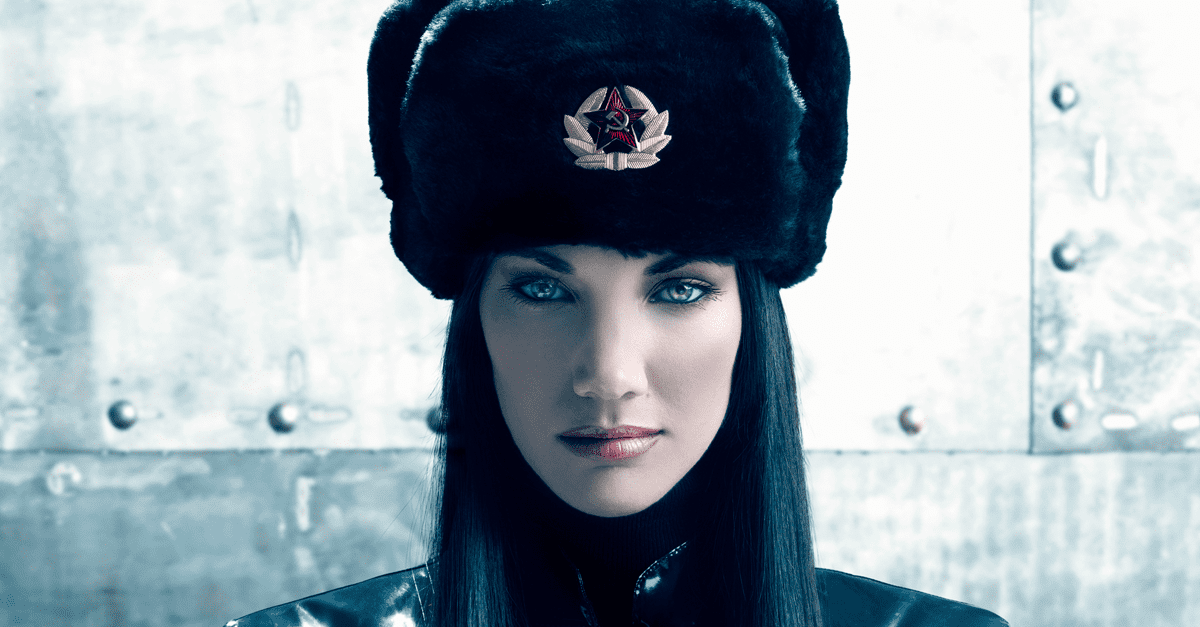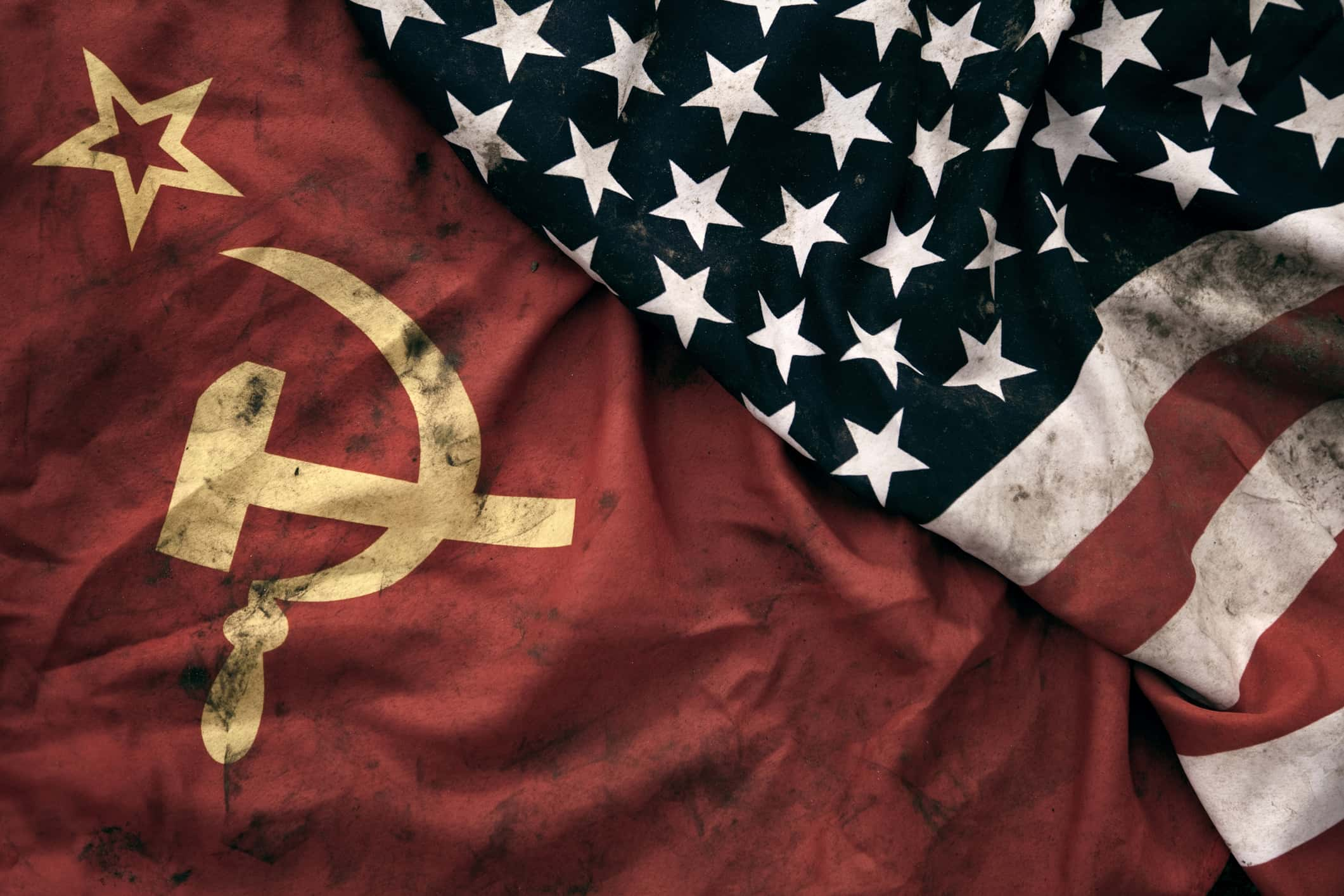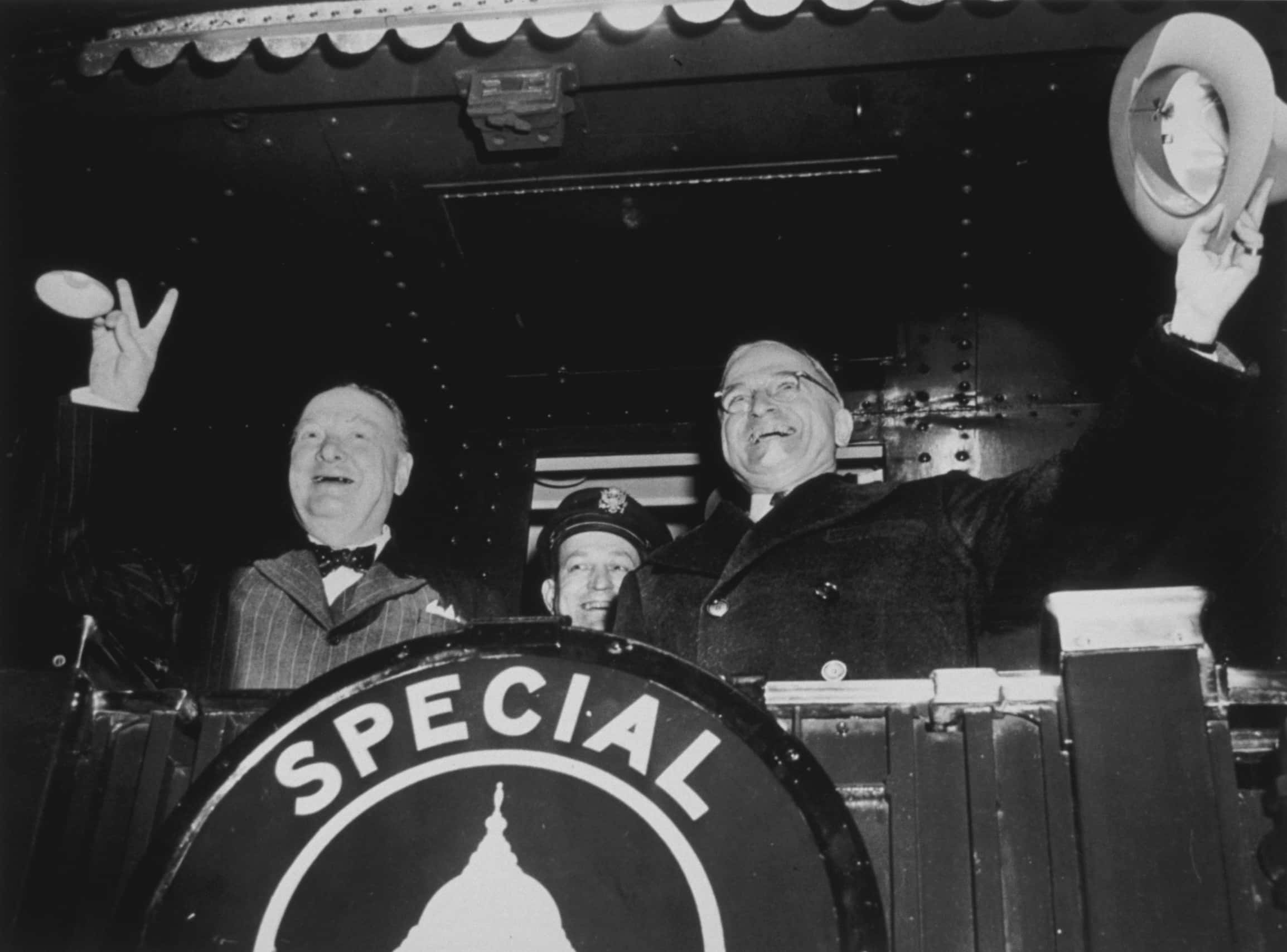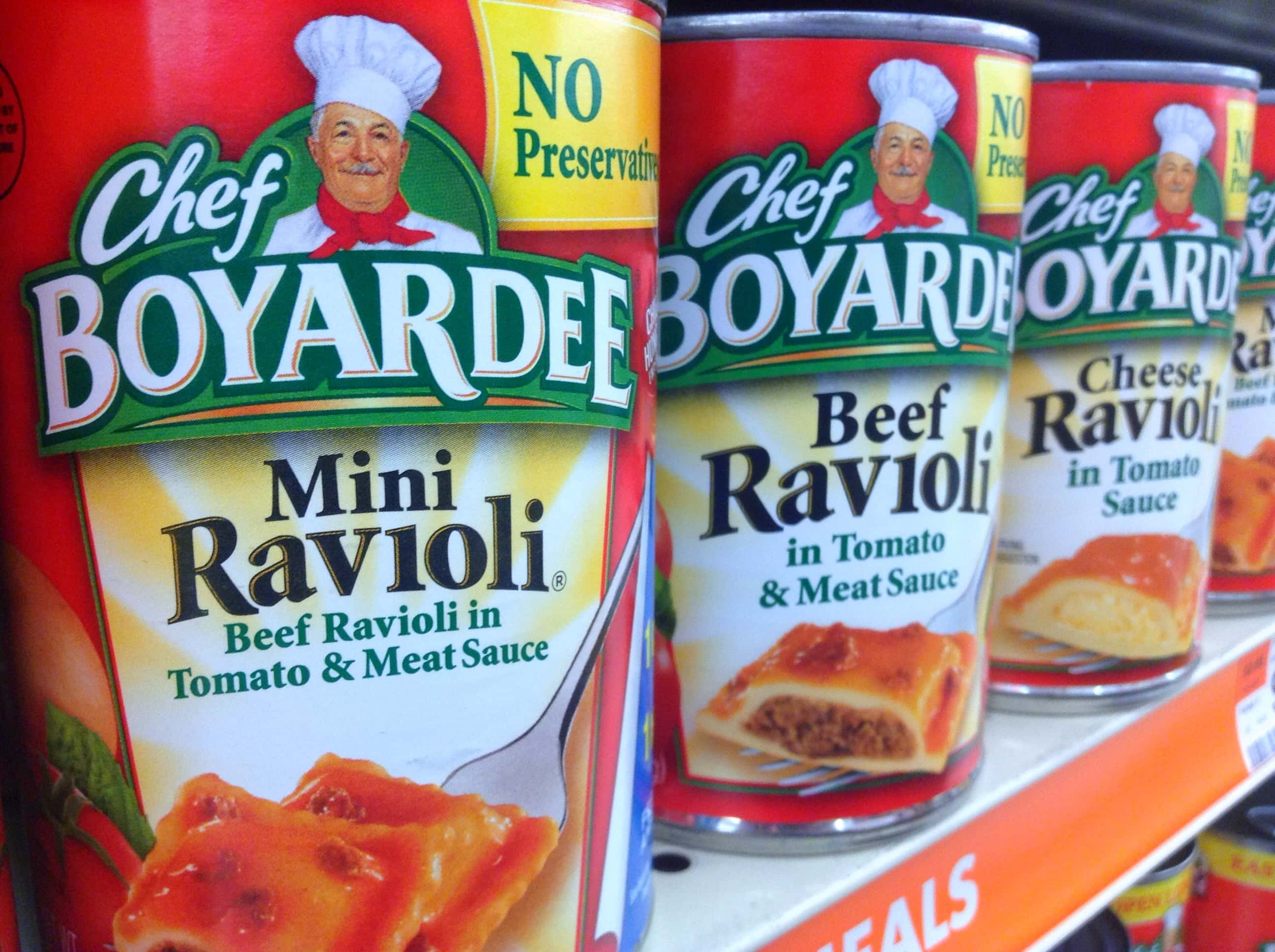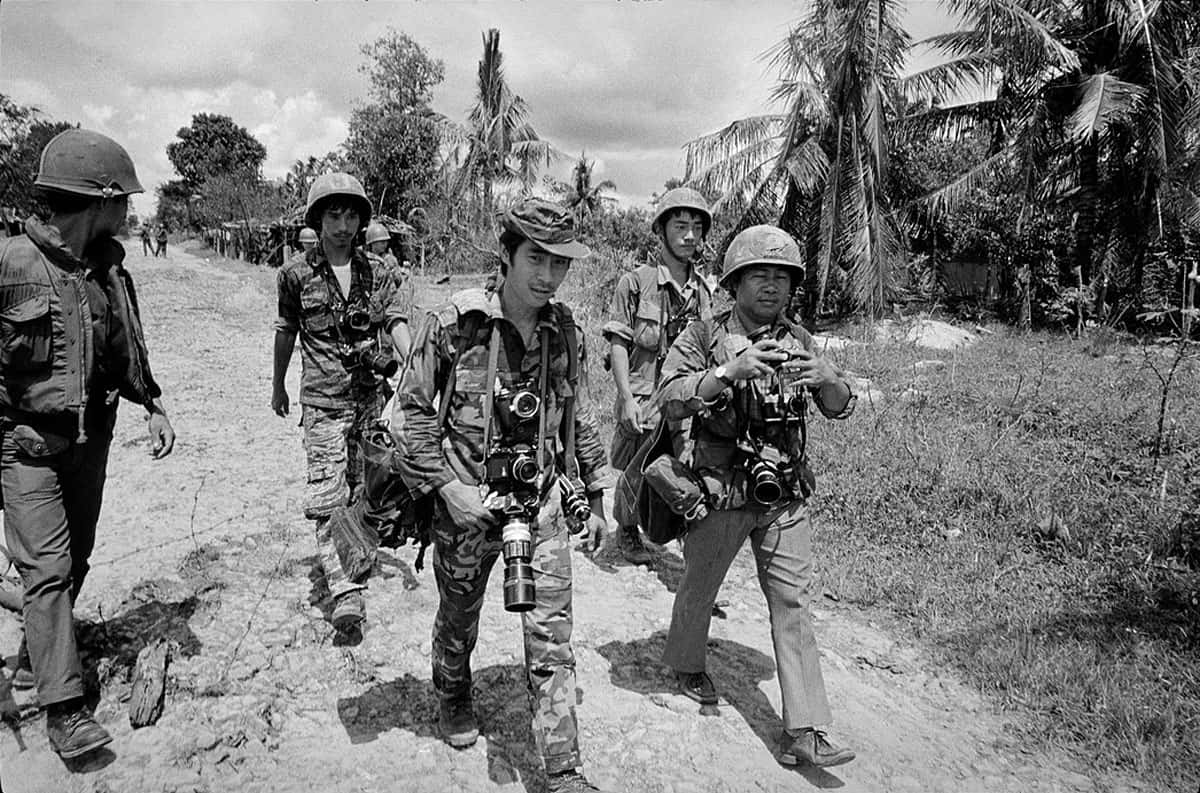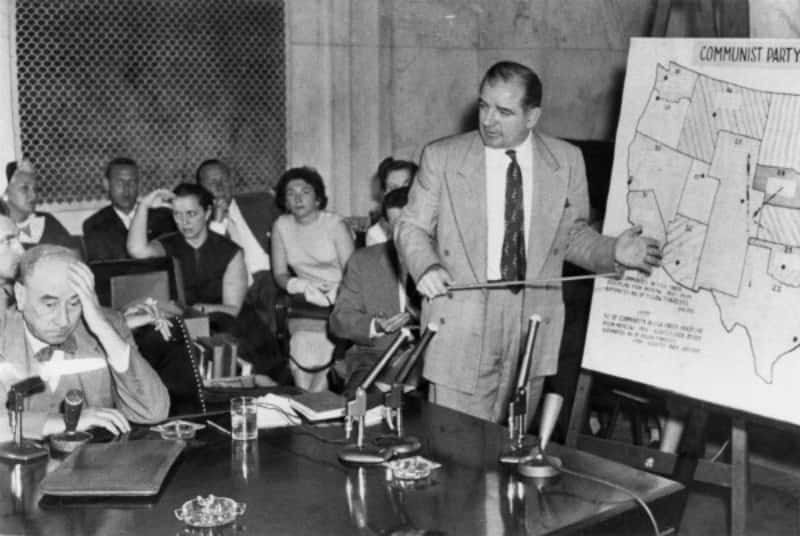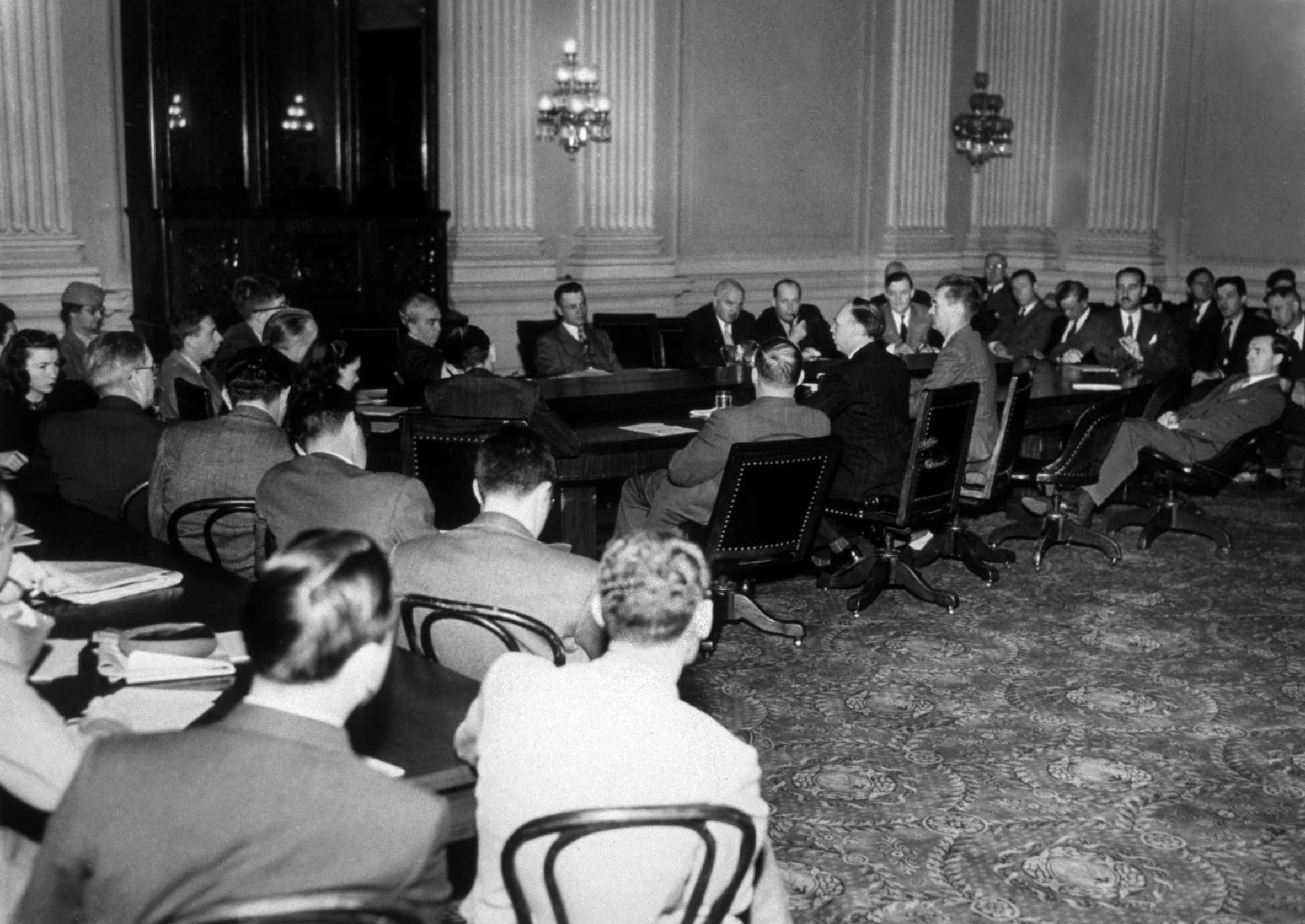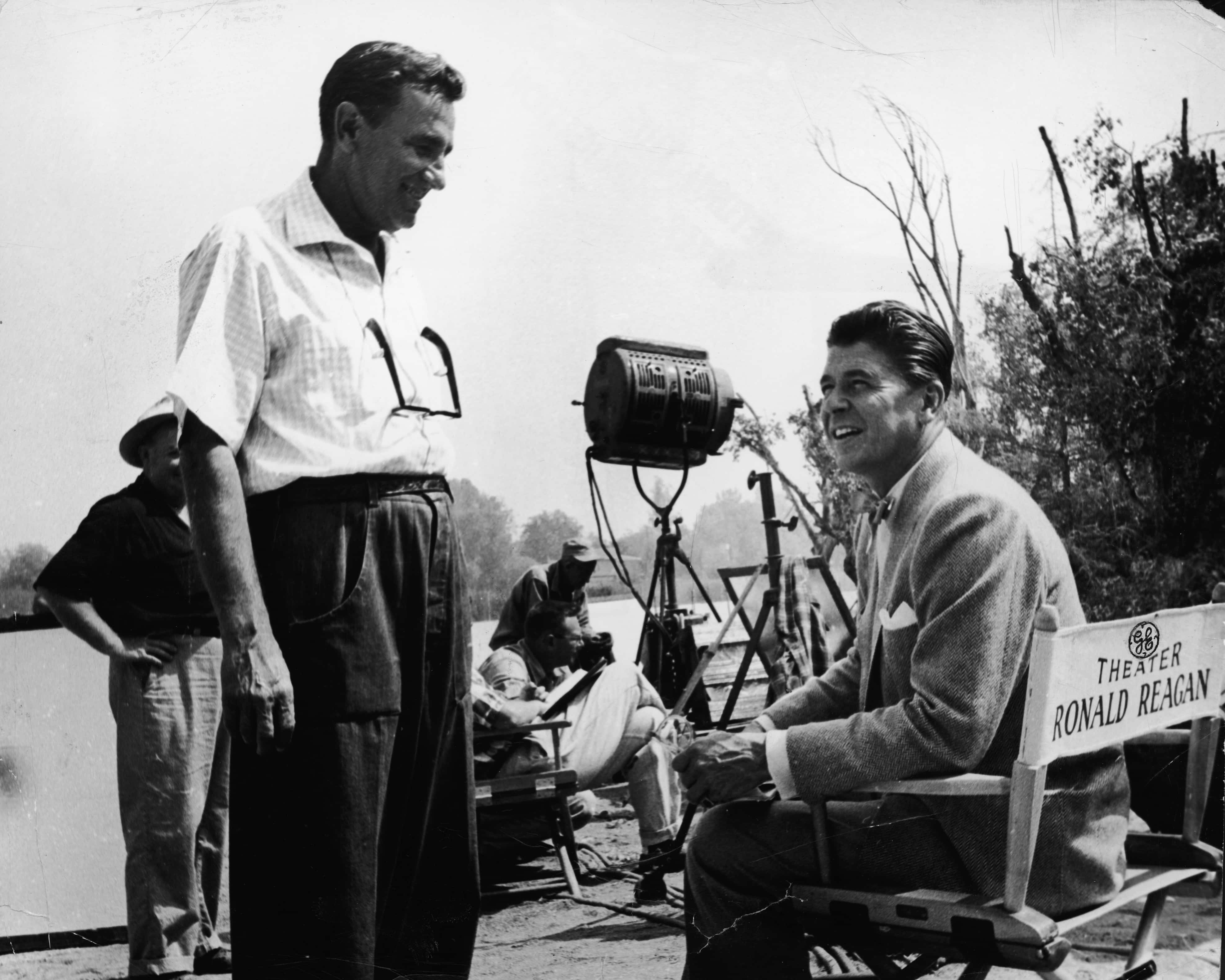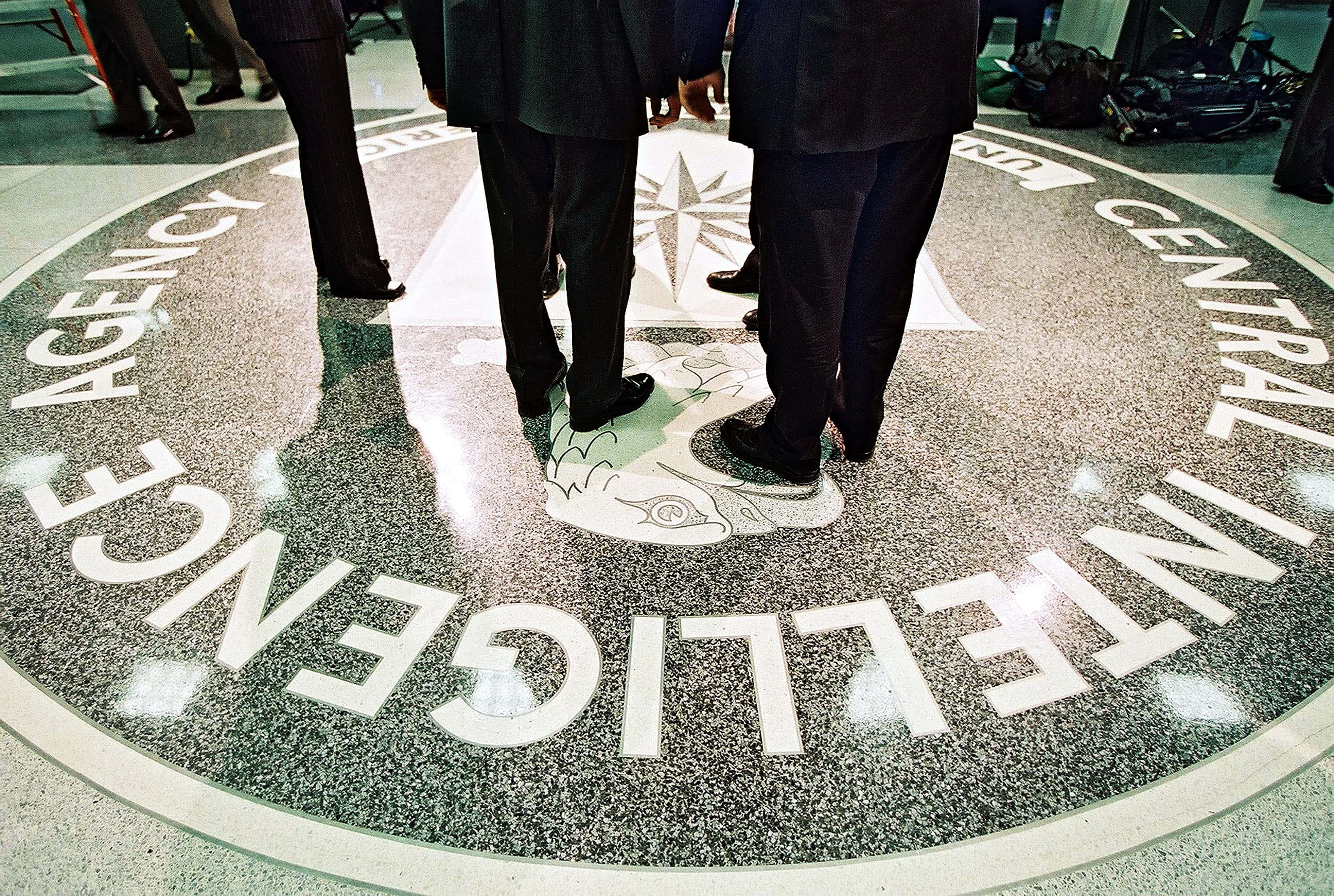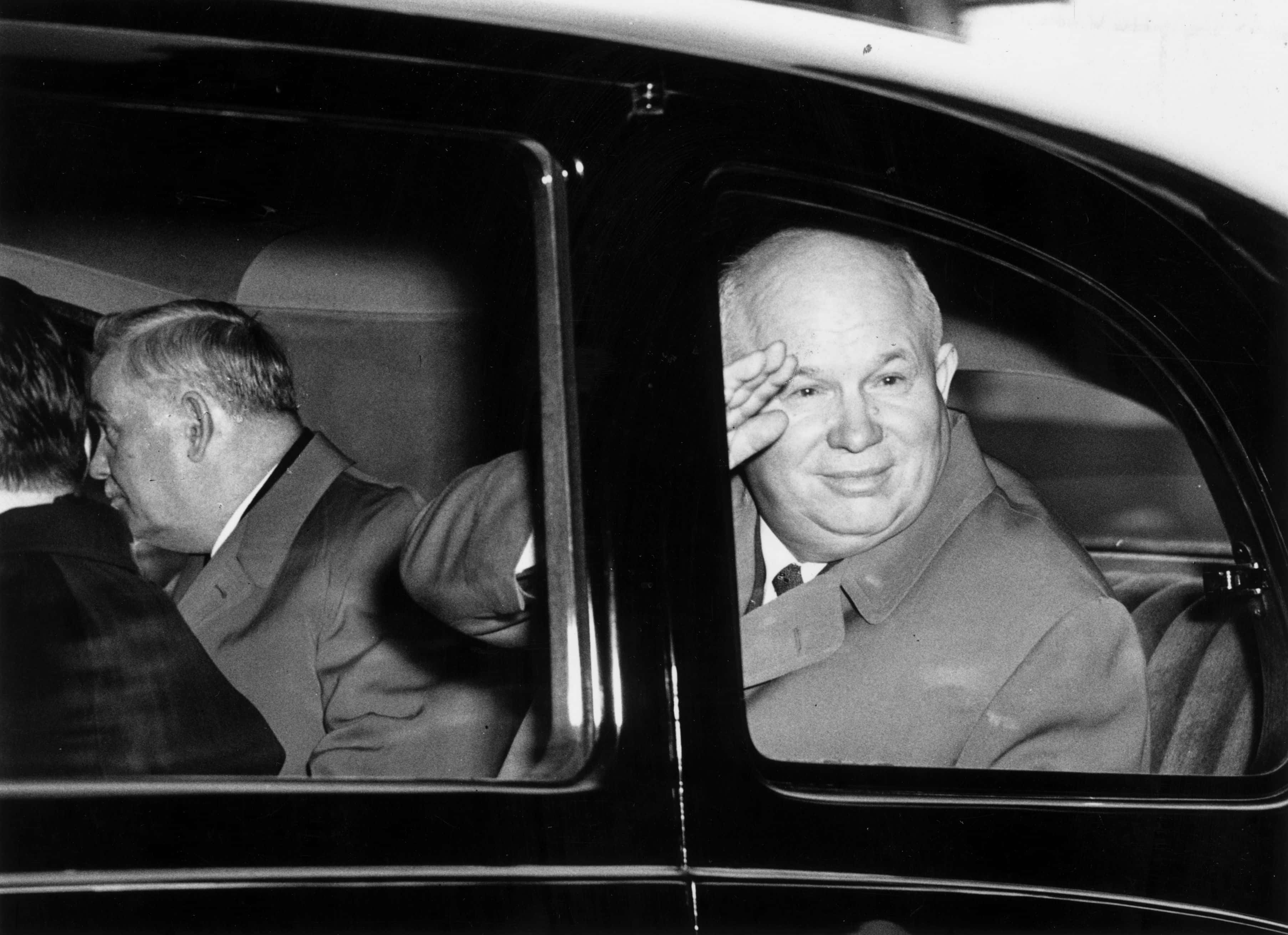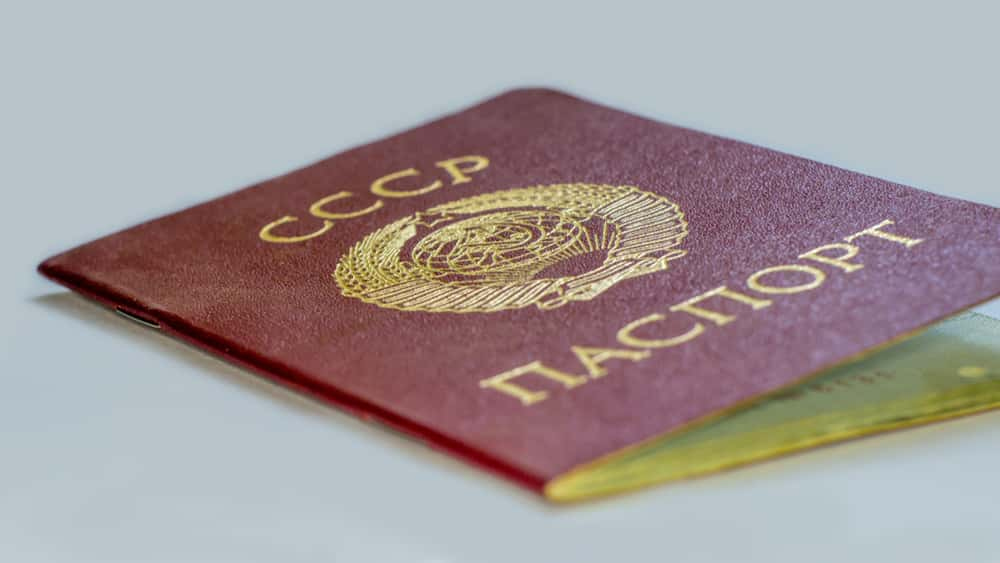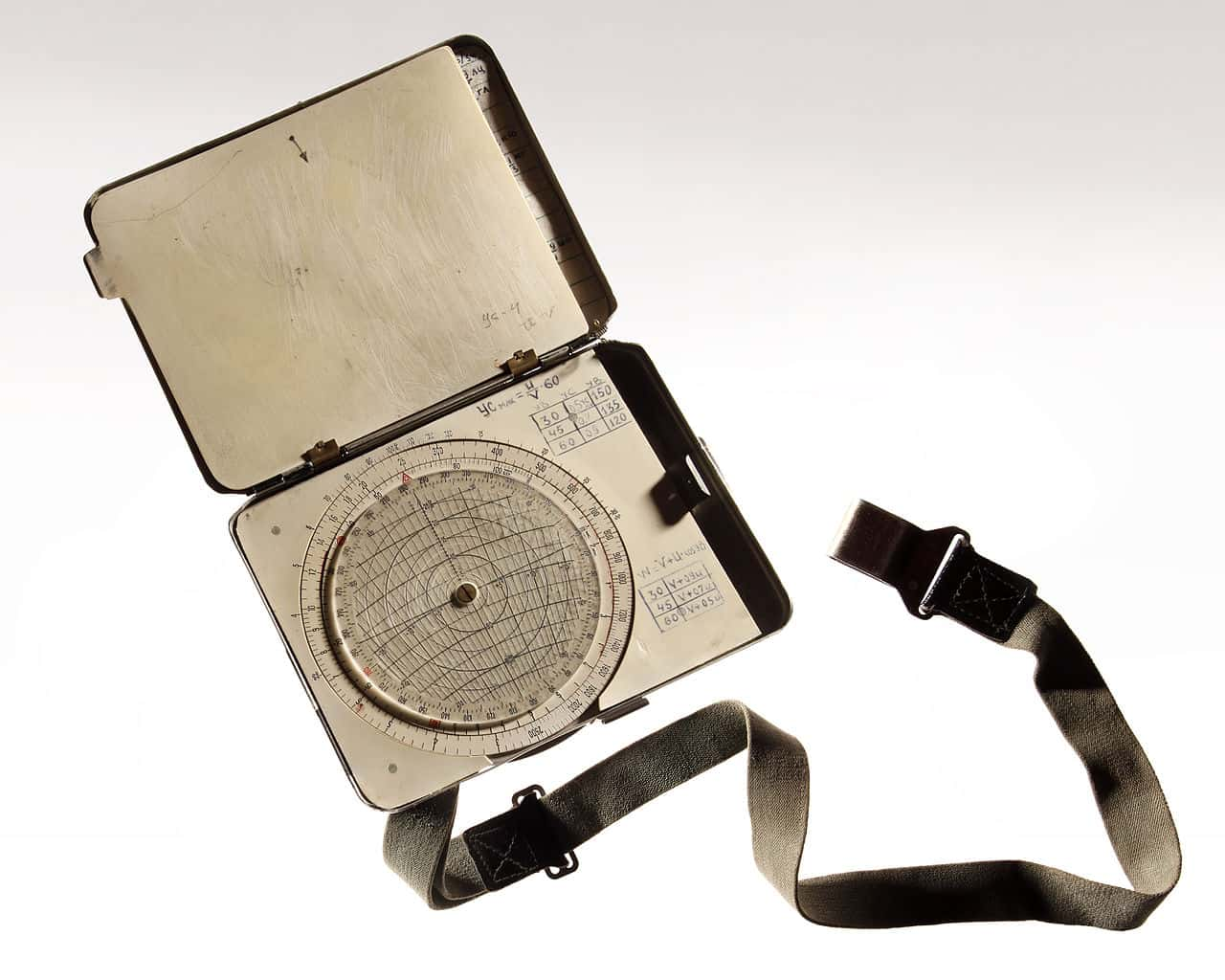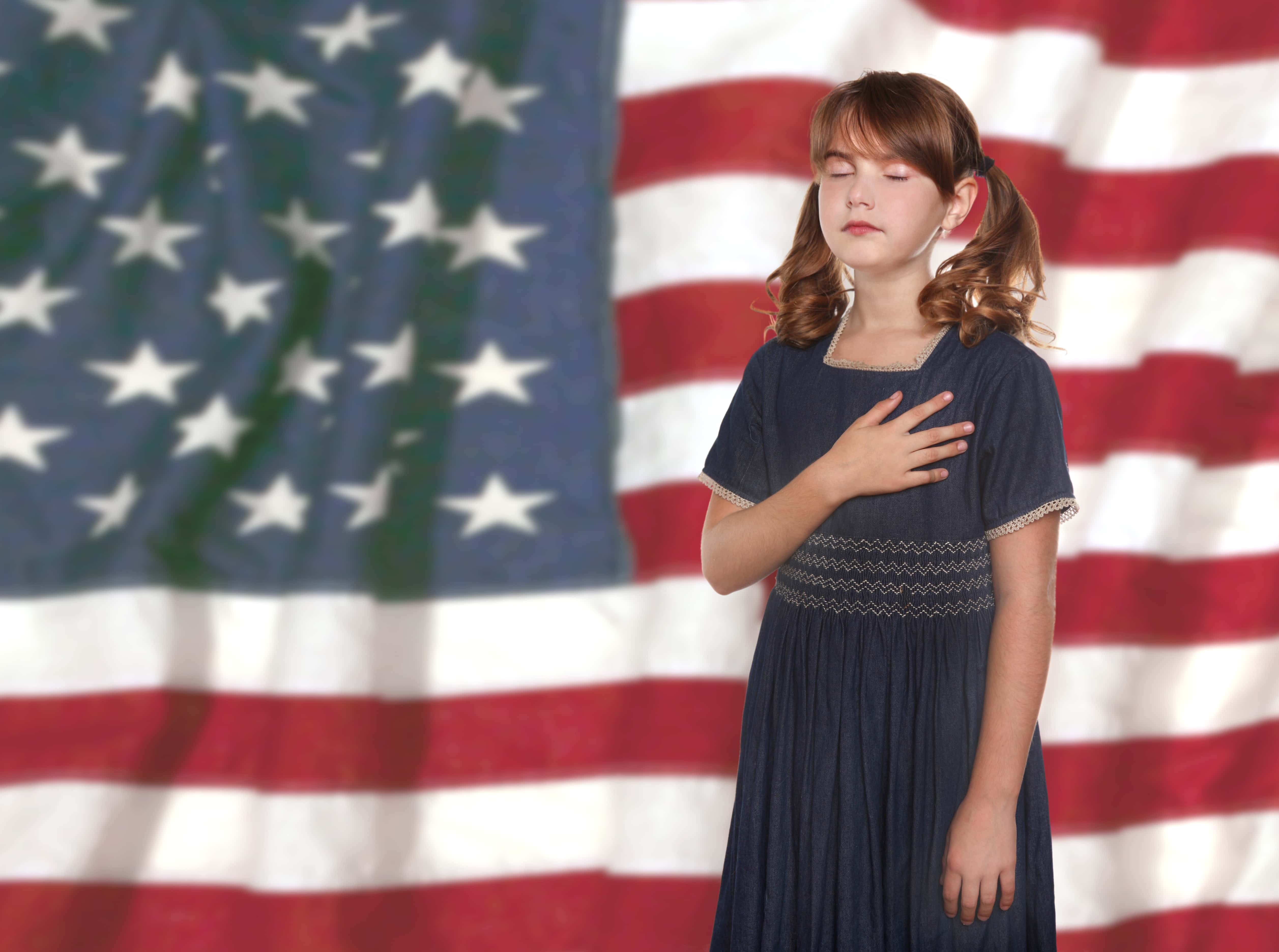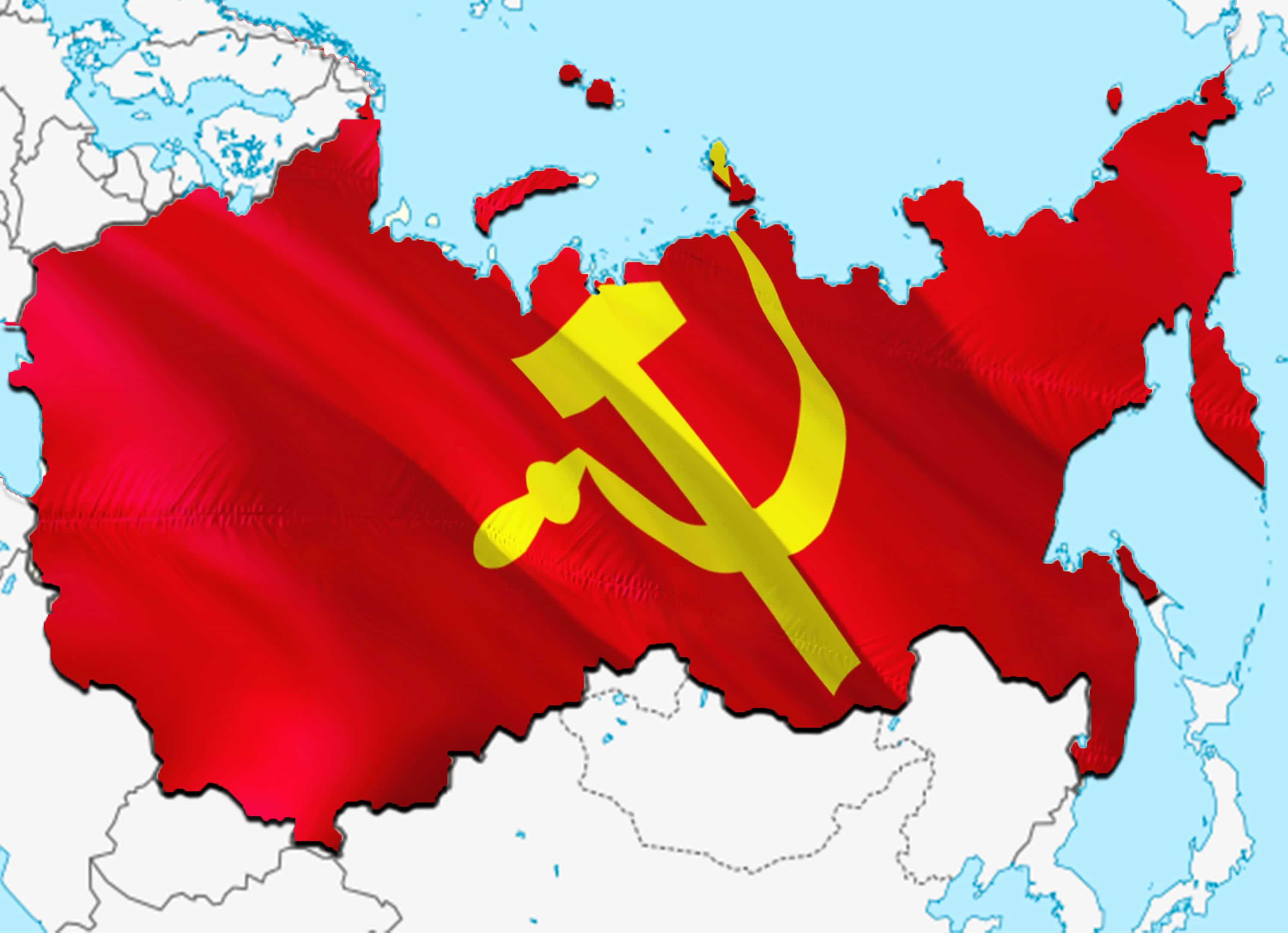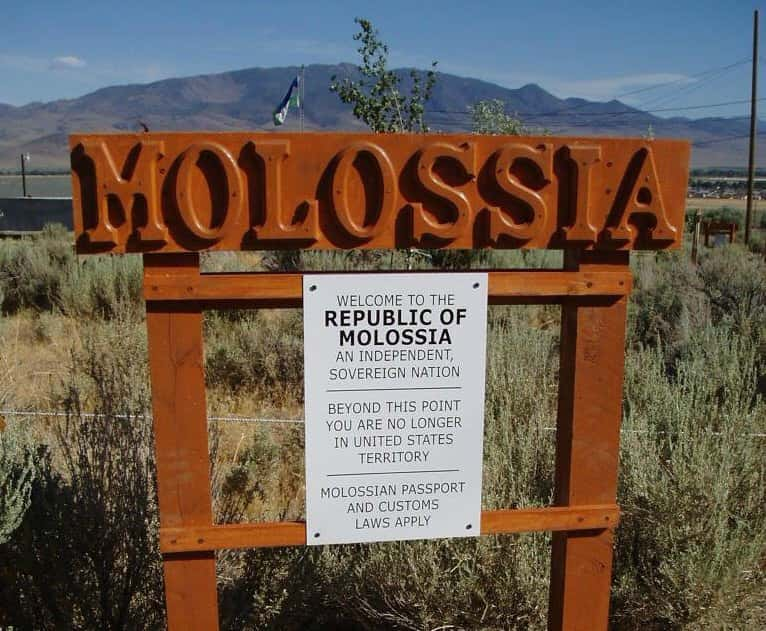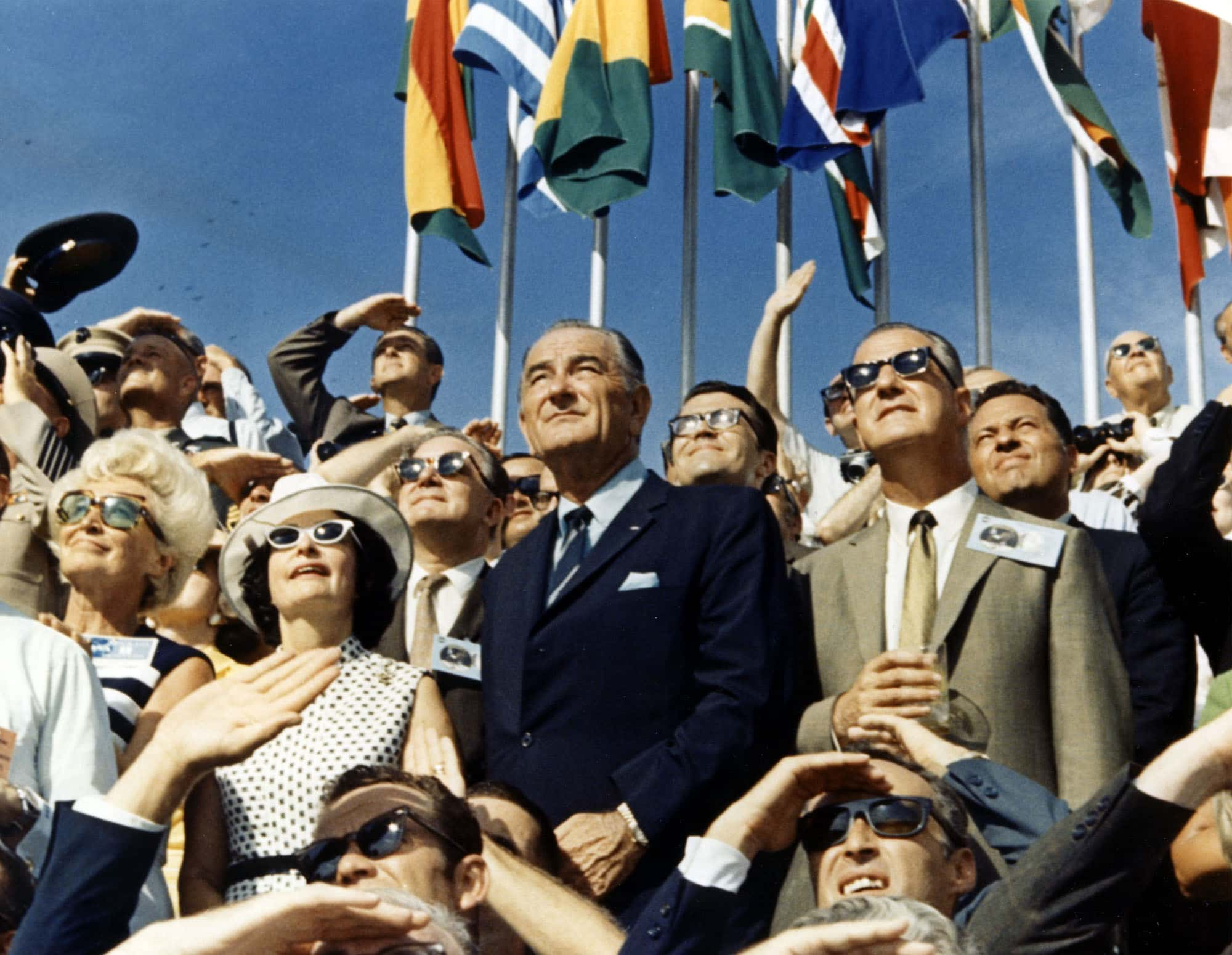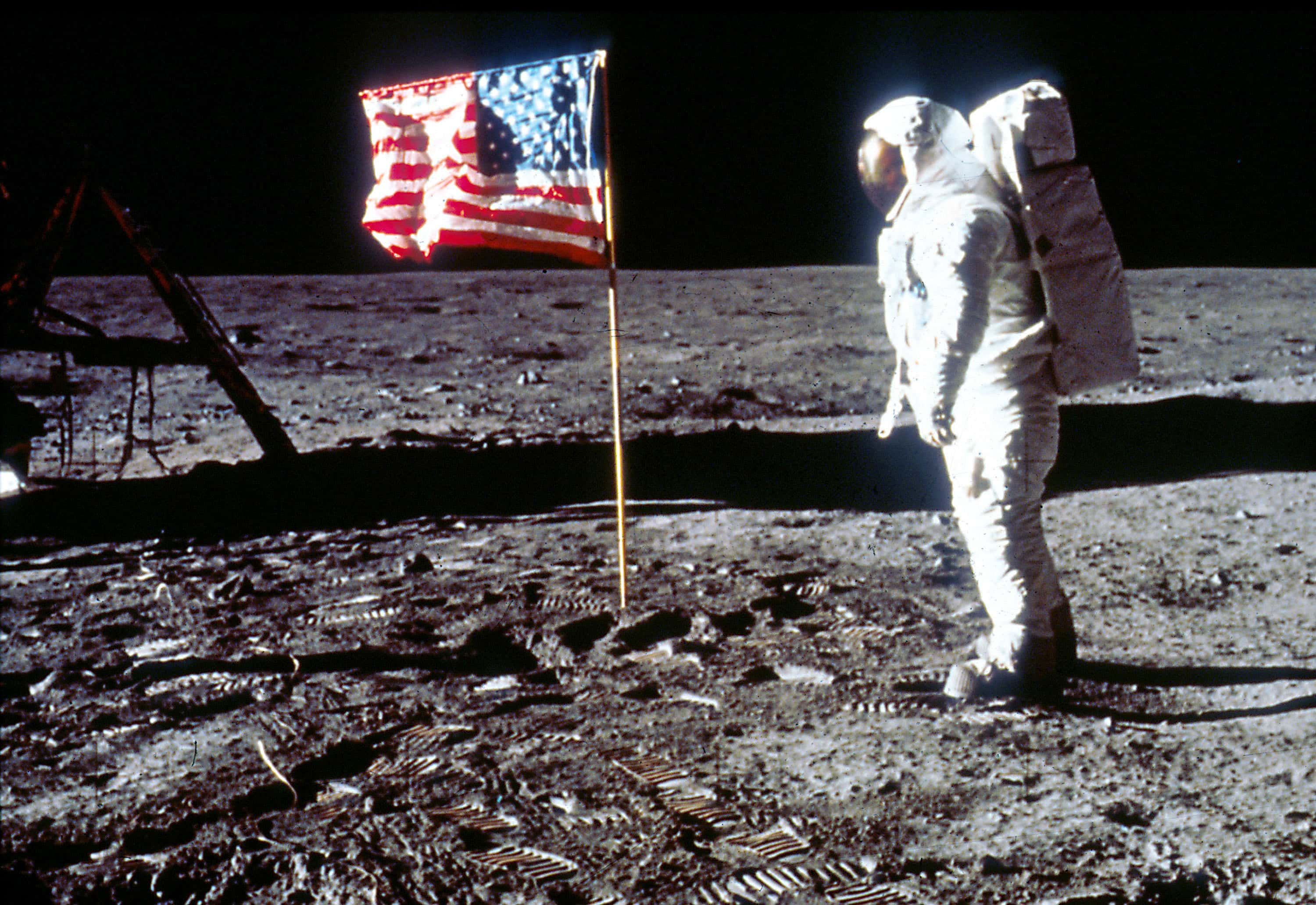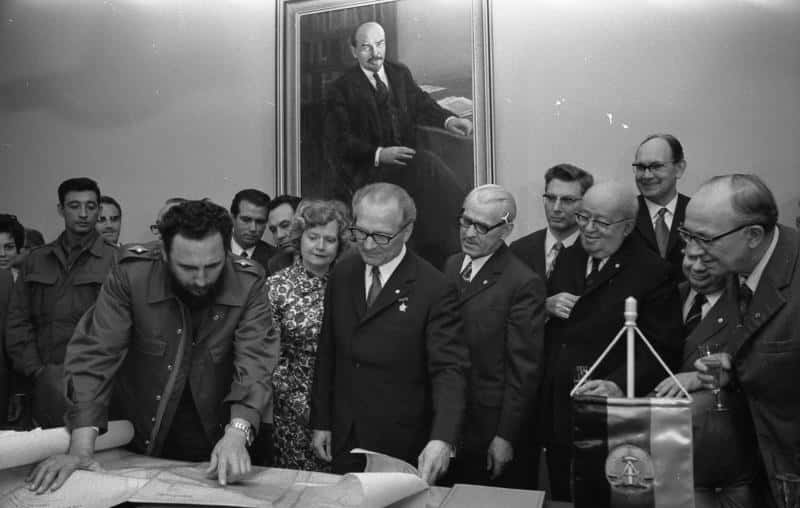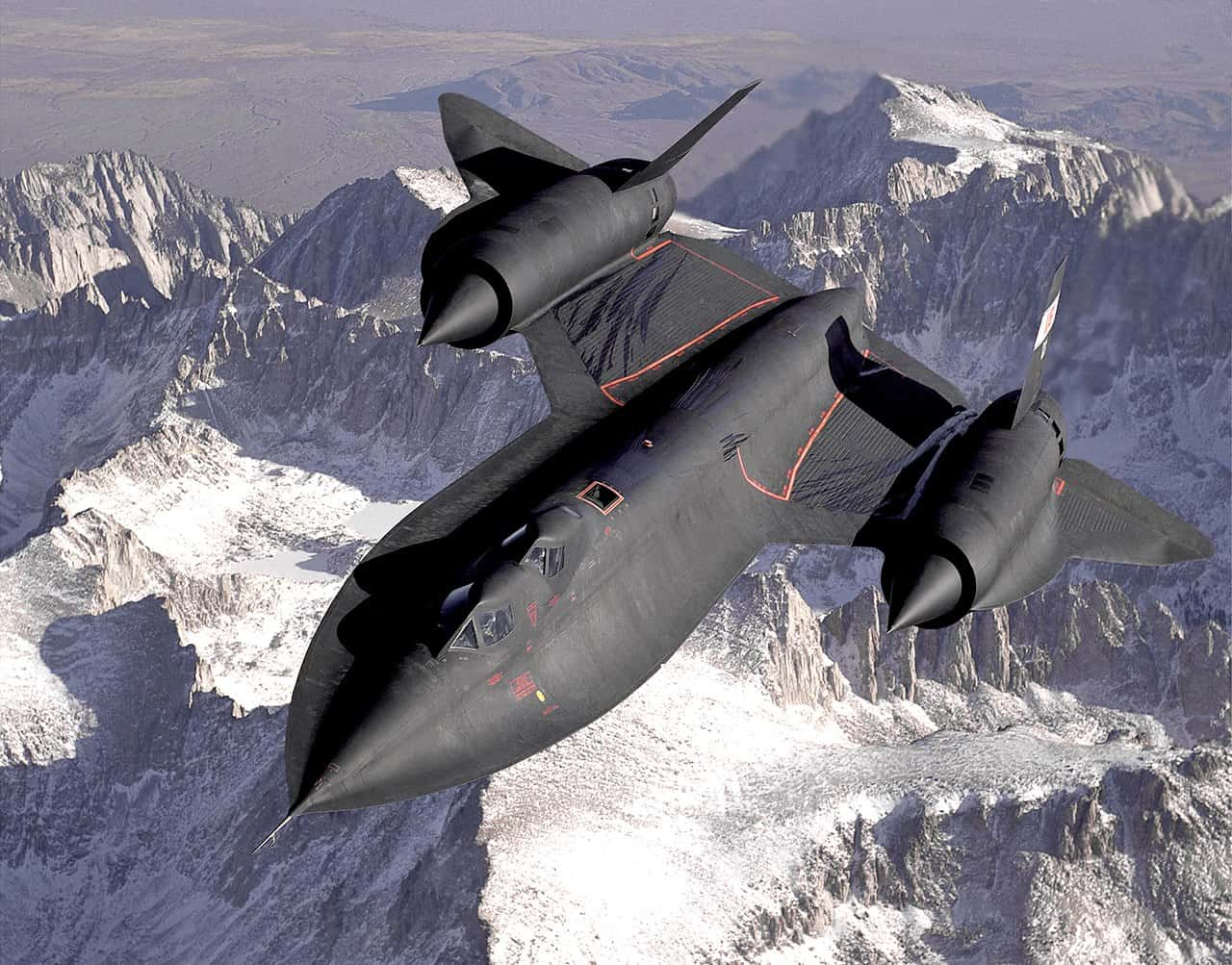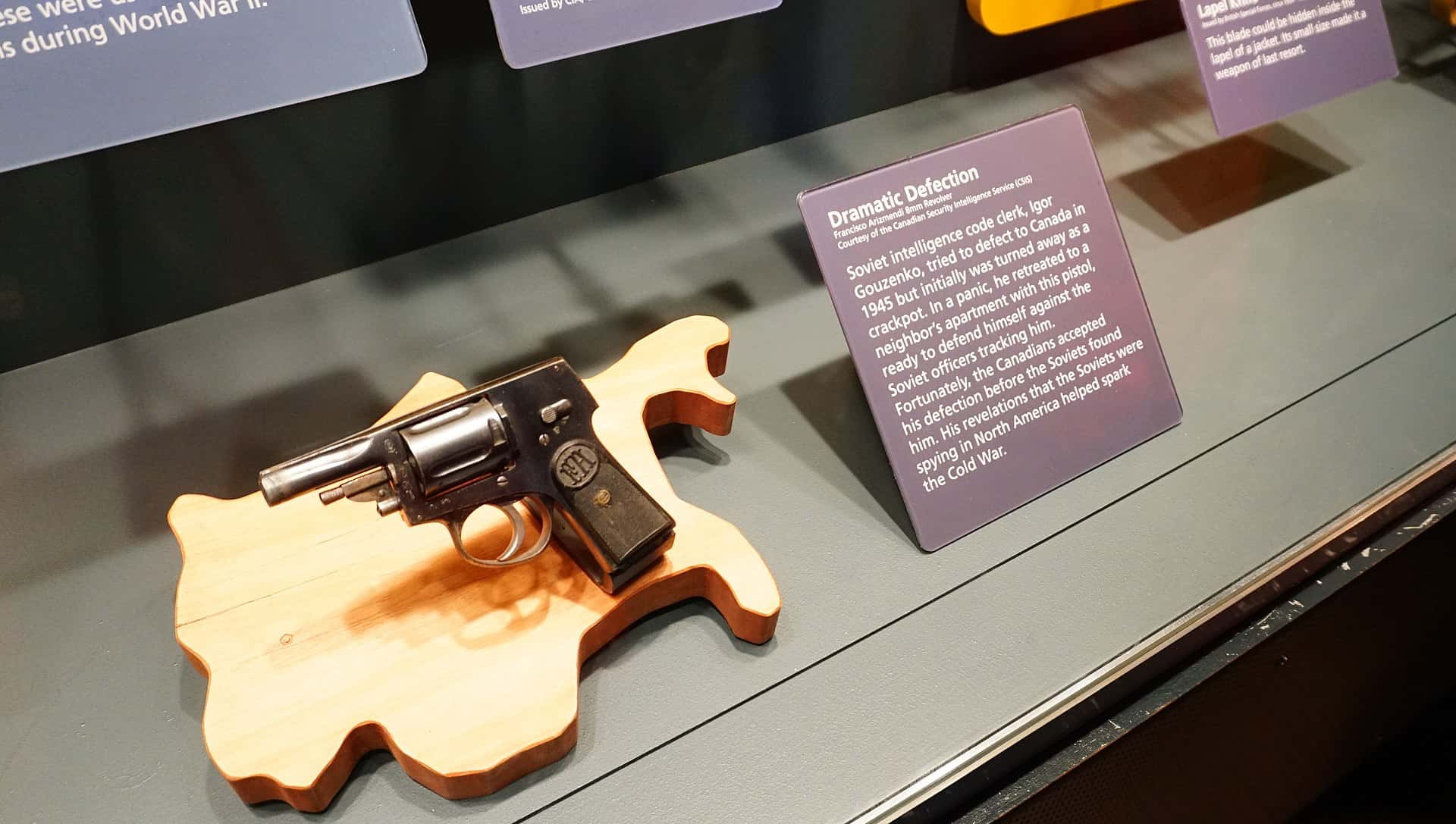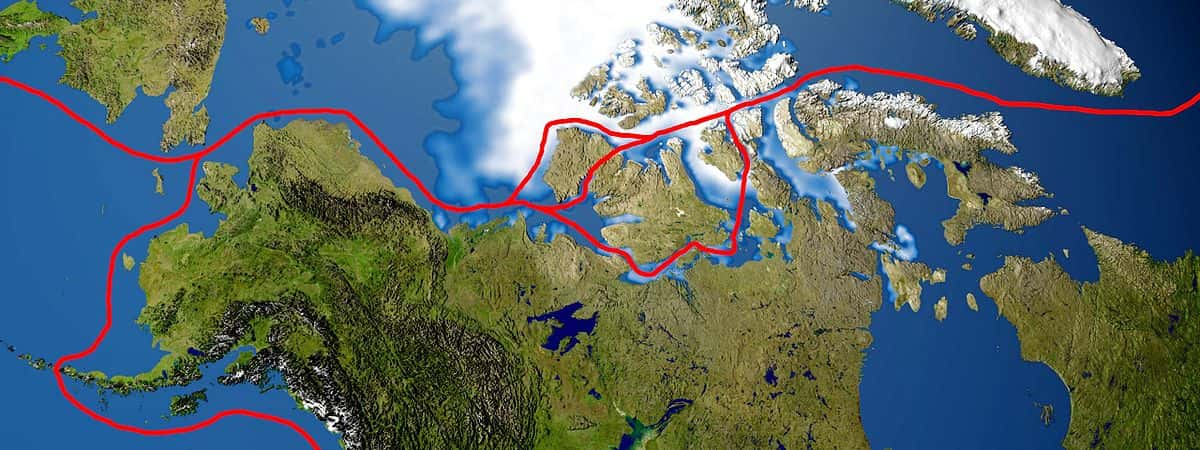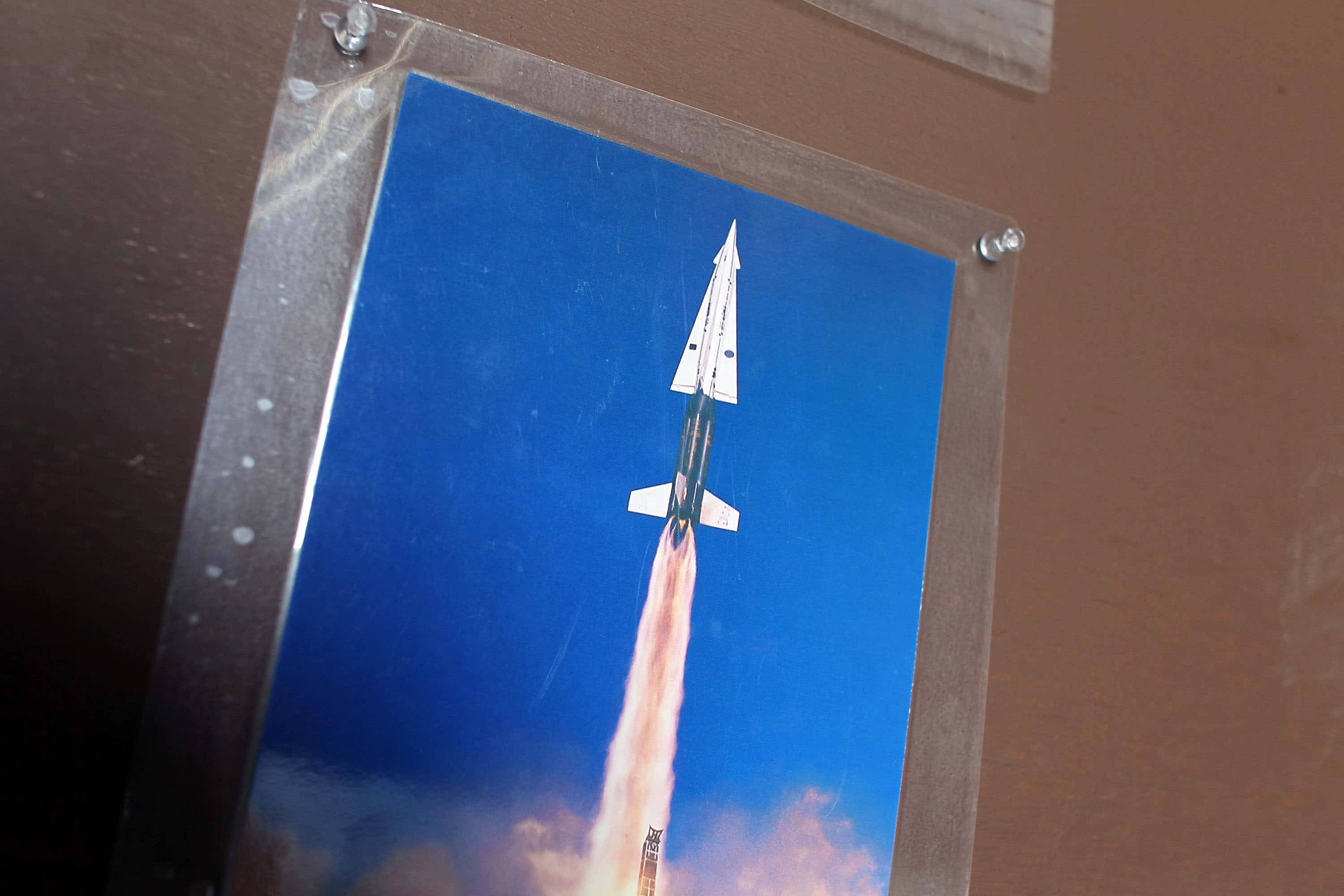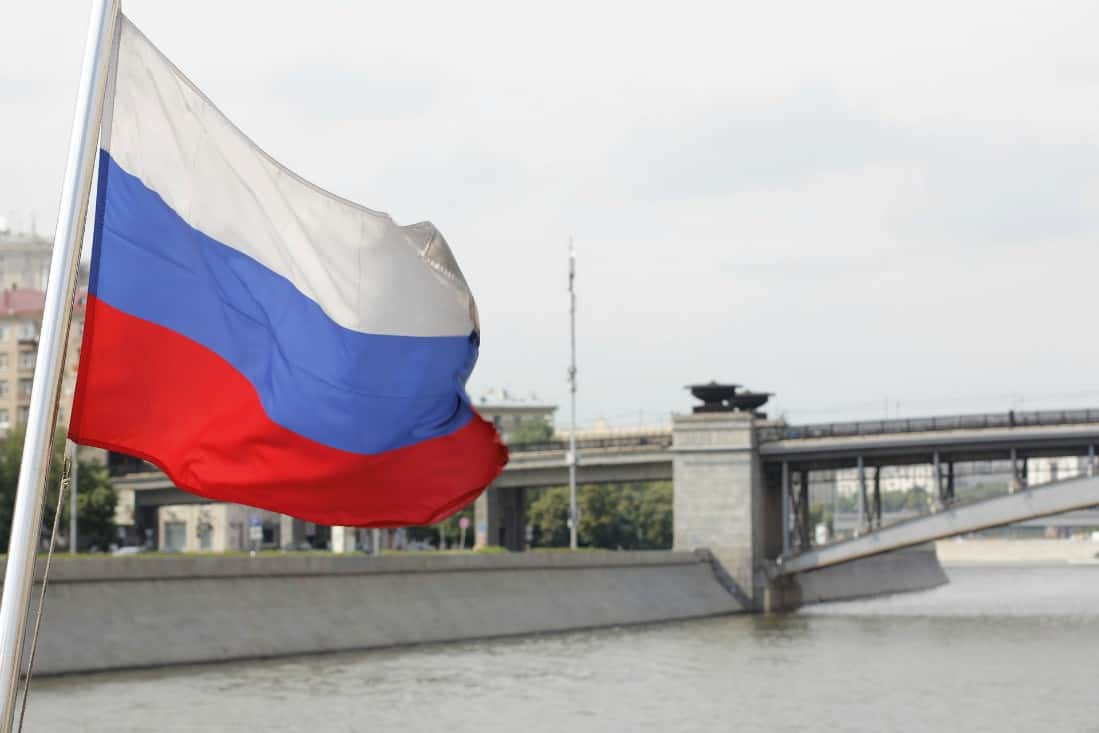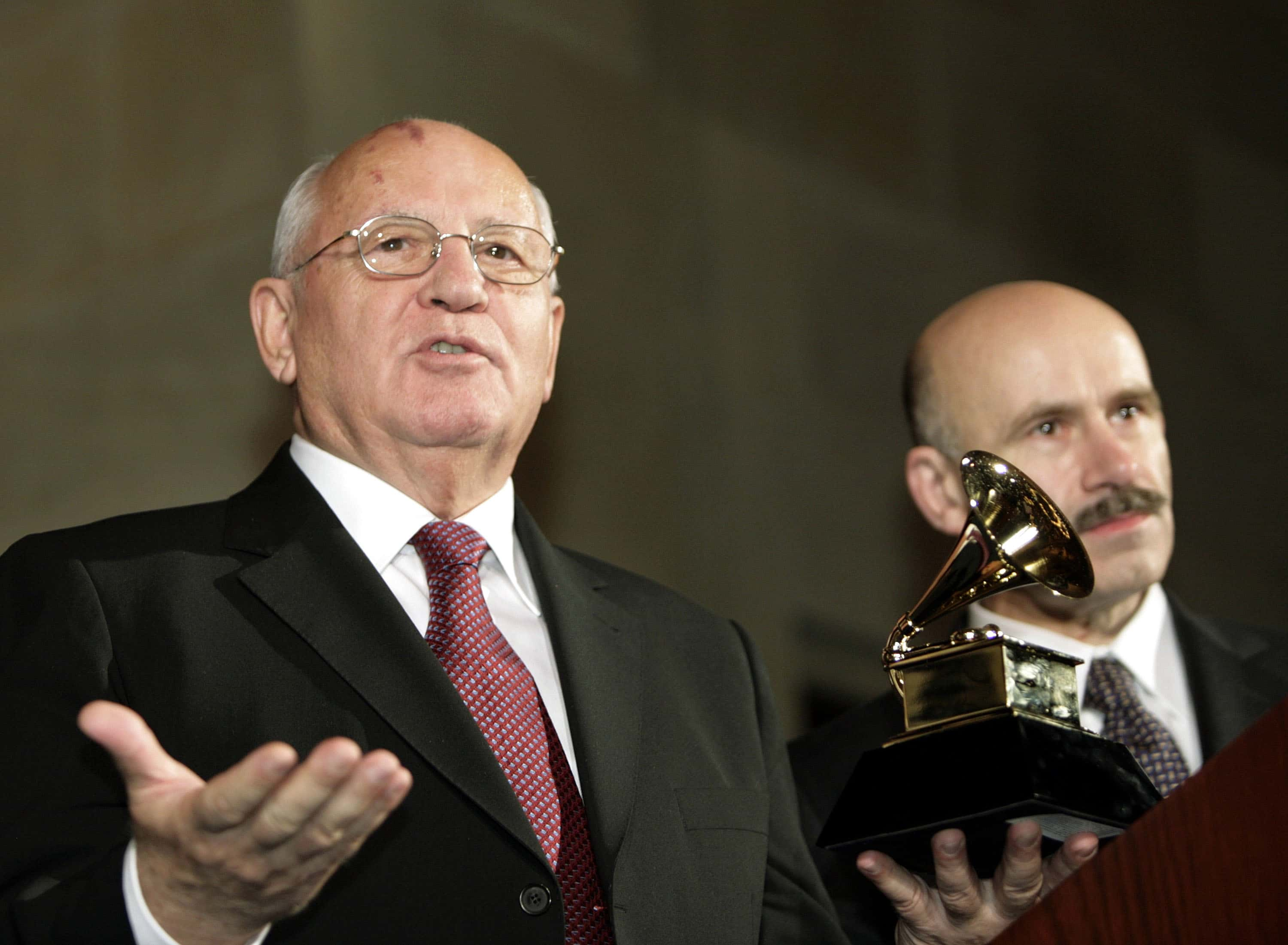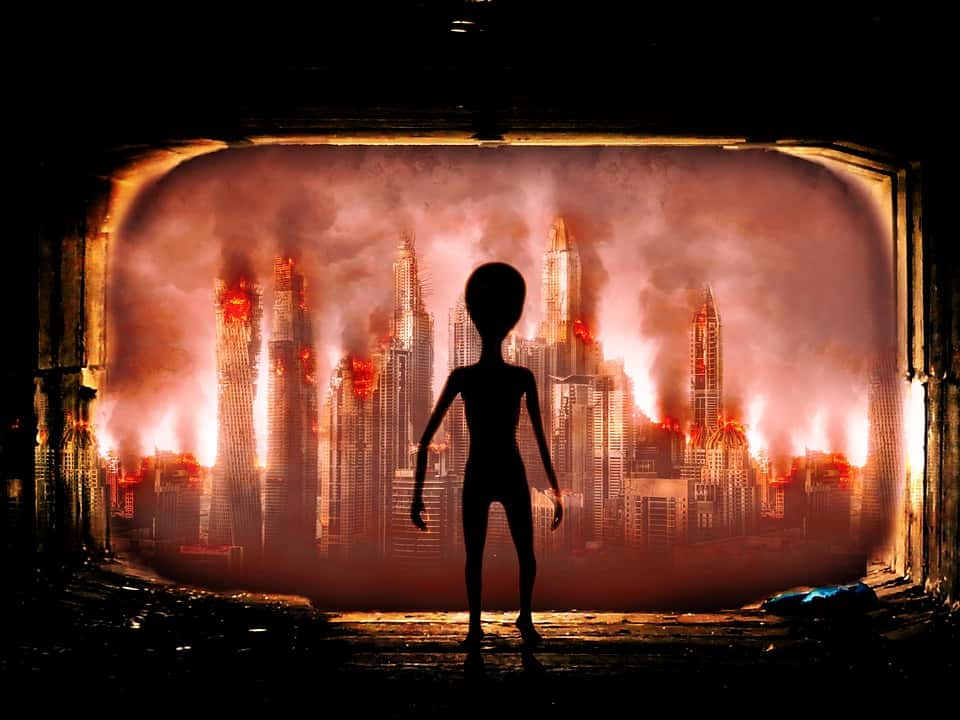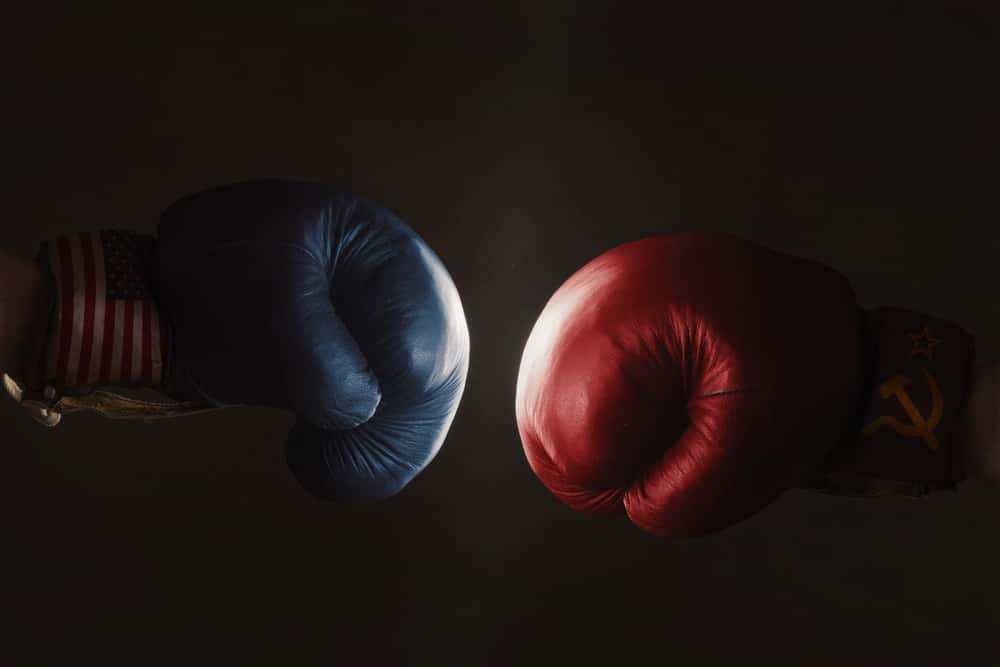Following World War II, the world’s allegiances were split between two superpowers: the capitalist United States and the Communist Union of Soviet Socialist Republics. Over the next 50 years, the two states coexisted perpetually, it seems, on the verge of war. It was a time of anxiety, espionage, and sometimes downright absurdity. Here are 42 startling facts about the Cold War.
Cold War Facts
42. How Orwellian—Literally
The term “Cold War” was coined by George Orwell, an astute critic of the totalitarianism and propagandizing both superpowers were capable of. He described a “cold war” as a period of “non-hostile belligerency,” an accurate description for the state the US and USSR would soon find themselves in after the end of the second World War.
41. Churchill's Famous Speeches
The start of the Cold War is generally traced back to a speech British Prime Minister Winston Churchill gave at Fulton, Missouri, in 1946. The speech was one of the first public uses of the term “iron curtain”; nevertheless, Churchill proclaimed, “I have a strong admiration and regard for the valiant Russian people and for my wartime comrade, Marshal Stalin,” but warned of the spread of communism and the dangers it presented to the United States.
40. Thank Goodness for Chef Boyardee
Even Chef Boyardee found himself caught up in the politics. The USSR awarded Ettore Boiardi the Order of Lenin for his efforts producing rations to supply the Allied troops during World War II. Mounting tensions between the USSR and his adopted country of the USA prevented him from accepting the award.
39. Proxy Wars
The United States and the Soviet Union never acted on the tension—it remained a real “will they, won’t they” affair up until the end. There were, however, several proxy wars featuring one or neither of the two superpowers, meant to save costs and lives for one superpower while demoralizing and exhausting the other. Vietnam was one, Afghanistan another.
Vietnam war
38. McCarthyism
The postwar years in the United States were characterized by McCarthyism, a heightened vigilance, suspicion, and outright repression of potential communists in all sectors of public and private life. McCarthyism was named for Joseph McCathy, a Wisconsin senator who, during a speech in West Virginia, claimed to have obtained a list of 205 high ranking government officials who were members of the Communist Party. No such list existed.
37. The Blacklist
McCarthyism culminated in the House Un-American Activities Committee (HUAC), and an investigation into leftists in the entertainment industry. While some dodged suspicion and persecution by naming (accurately or not) famous actors, writers, and directors who were communists, many others, like Harry Belafonte and Lee J. Cobb, found themselves accused. While not prosecuted, many were “blacklisted” and prevented from getting work in Hollywood.
36. Naming Names
One of the most cooperative actors in Hollywood in terms of accusing and weeding out communists was the head of the Screen Actors Guild, a future politician named Ronald Reagan.
35. Art Wars
While the HUAC seemed bent on persecuting some of the most innovative artists in Hollywood, the CIA was busy promoting them. Norman Holmes Pearson, a professor and literary critic at Yale, also helped found the CIA, and disseminated the work of American avant-garde poets and painters throughout Europe to demonstrate American cultural supremacy.
34. The Happiest Place on Earth
Mistrust became so pronounced between the Soviet Union and the United States that when Soviet chairman Nikita Krushchev attempted to visit Disneyland during a state visit in 1959, he was denied entry. Krushchev went to SeaWorld instead.

History's most fascinating stories and darkest secrets, delivered to your inbox daily.
33. Trojan Seal
That mistrust was earned. In 1945, the Soviet government gave the American ambassador the gift of massive carved replica of the Great Seal of the United States. It hung in his office for seven years before the ambassador discovered the seal had been bugged.
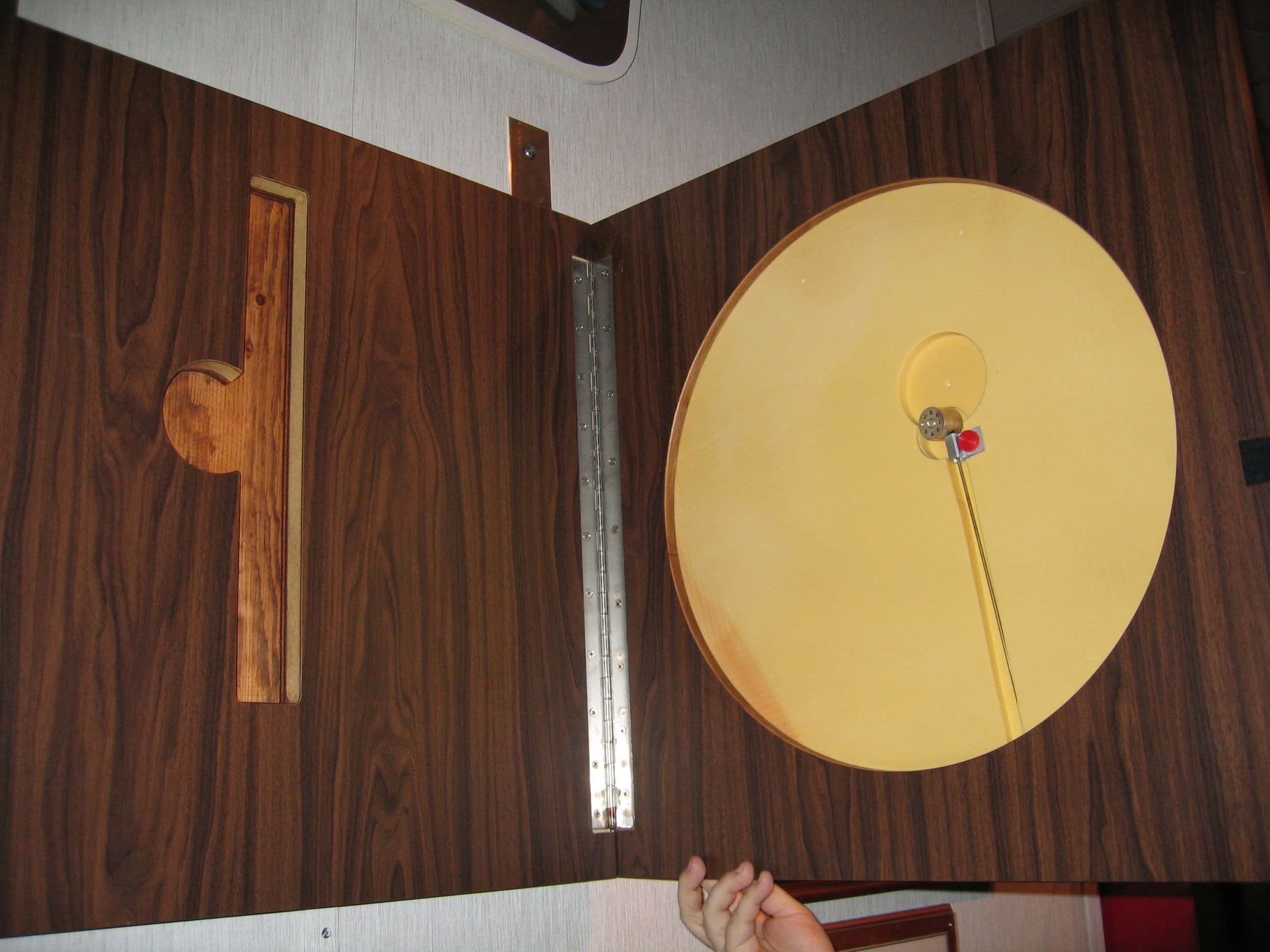 Wikimedia Commons, Austin Mills
Wikimedia Commons, Austin Mills
32. Shoe’s Clues
Not to be outdone, spies in the US developed their own ways of getting information, though theirs was decidedly more low-tech. The CIA developed a complex code involving different ways for their spies and informants to send messages based on how their shoes were tied.
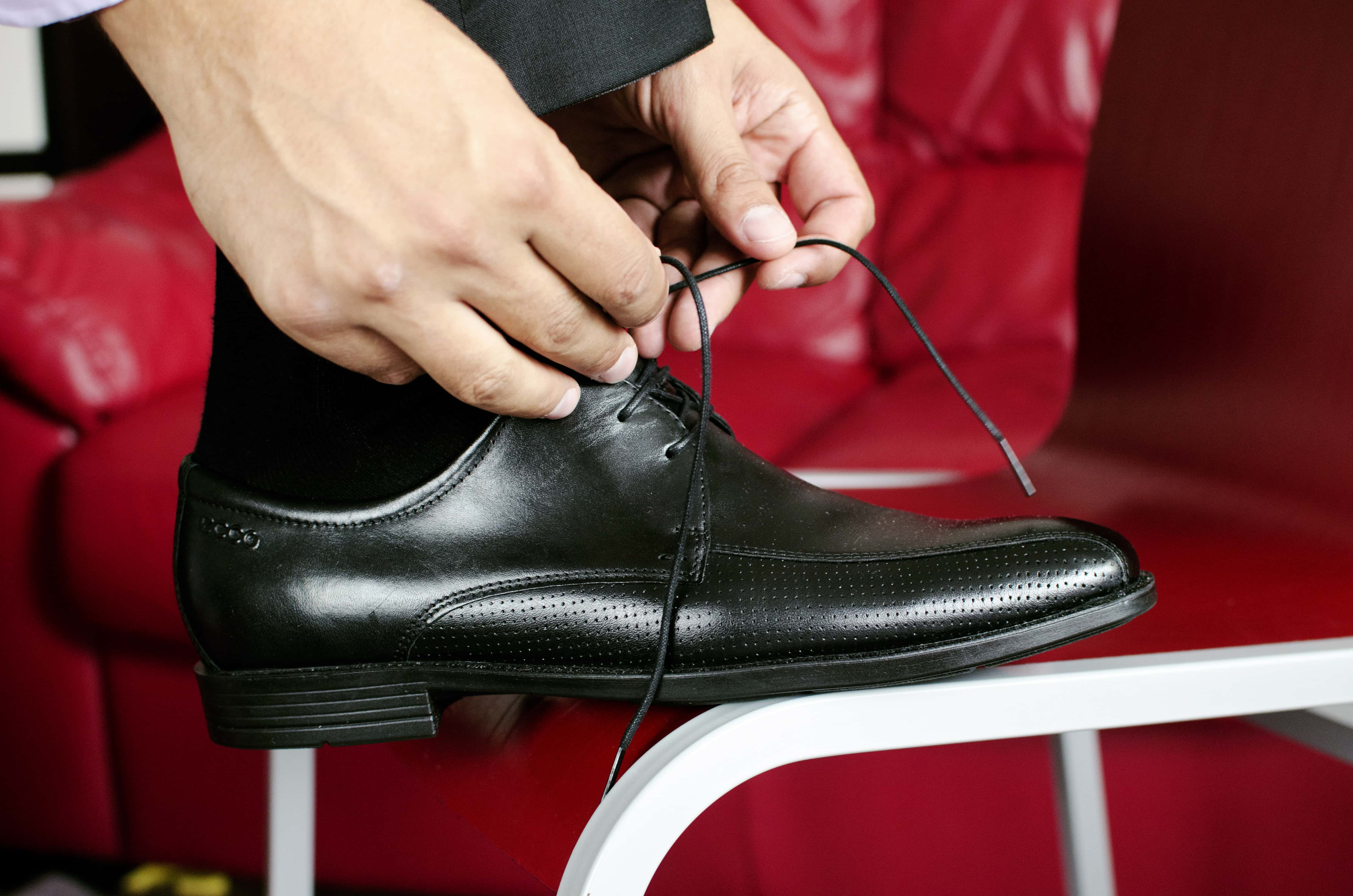 Wikimedia Commons, Petar Milošević
Wikimedia Commons, Petar Milošević
31. Passport Disparity
There were very real, and acknowledged, disparities between the US and the USSR. Soviet officials could often tell if a passport had been forged outside the country, because the poor quality of metal in Soviet staples meant that they would rust almost immediately, while the staples in American forgeries would not.
30. Victor Belenko
In 1976, a Soviet air force pilot hopped into his MiG jet and flew directly to Japan, defecting from the Soviet Union to the United States. The pilot’s handbook he brought with him was called “an intelligence bonanza” by government officials.
29. Back from the Dead
In the years since his defection, and even after the collapse of the Soviet Union, the Russian press has reported Belenko’s death several times. He has also been reported to have been arrested or killed by Russian officials. Belenko, who occasionally travels to Russia on business, finds the reports amusing.
28. The Pledge of Allegiance
The phrase “under God” was added to the Pledge of Allegiance in 1954 to further enforce the idea that the Soviets were atheist, or even anti-theist, in comparison to God-fearing Americans.
27. Worth the Paper They Were Printed On
In keeping with their positioning as the antidote to atheist communism, the US dropped tens of thousands of bibles into Romania in the 1970s. It was later alleged in Congress that the bibles had been collected and repurposed into toilet paper.
26. Cartographic Propaganda
The size of the Soviet Union, and Soviet-affiliated countries like Cuba and Vietnam, were often exaggerated on American maps, a subtle way to impress danger and fear on the American public.
25. The Next (Micro) Cold War
Years after the real Cold War ended, The Republic of Molossia, an unrecognized, one-man micronation in Dayton, Nevada, has declared war on Ernst Thälmann Island, citing president Kevin Baugh’s difficulty sleeping while stationed with the US Army in West Germany. According to Baugh, East Germany, and by proxy, Ernst Thälmann Island, were responsible for the military drills which disturbed his slumber.
24. Duck and Cover
During the Cold War, the fear of nuclear attack was very real. American schoolchildren were taught to “duck and cover,” that is, to hide under their desks. This would have provided virtually no protection from a nuclear blast.
Yes, very safe!
23. Air Raid Sirens
Citizens would be alerted of an incoming nuclear attack via air raid sirens. They were built by Chrysler and powered with V8 motors: you could hear one sixteen miles away!
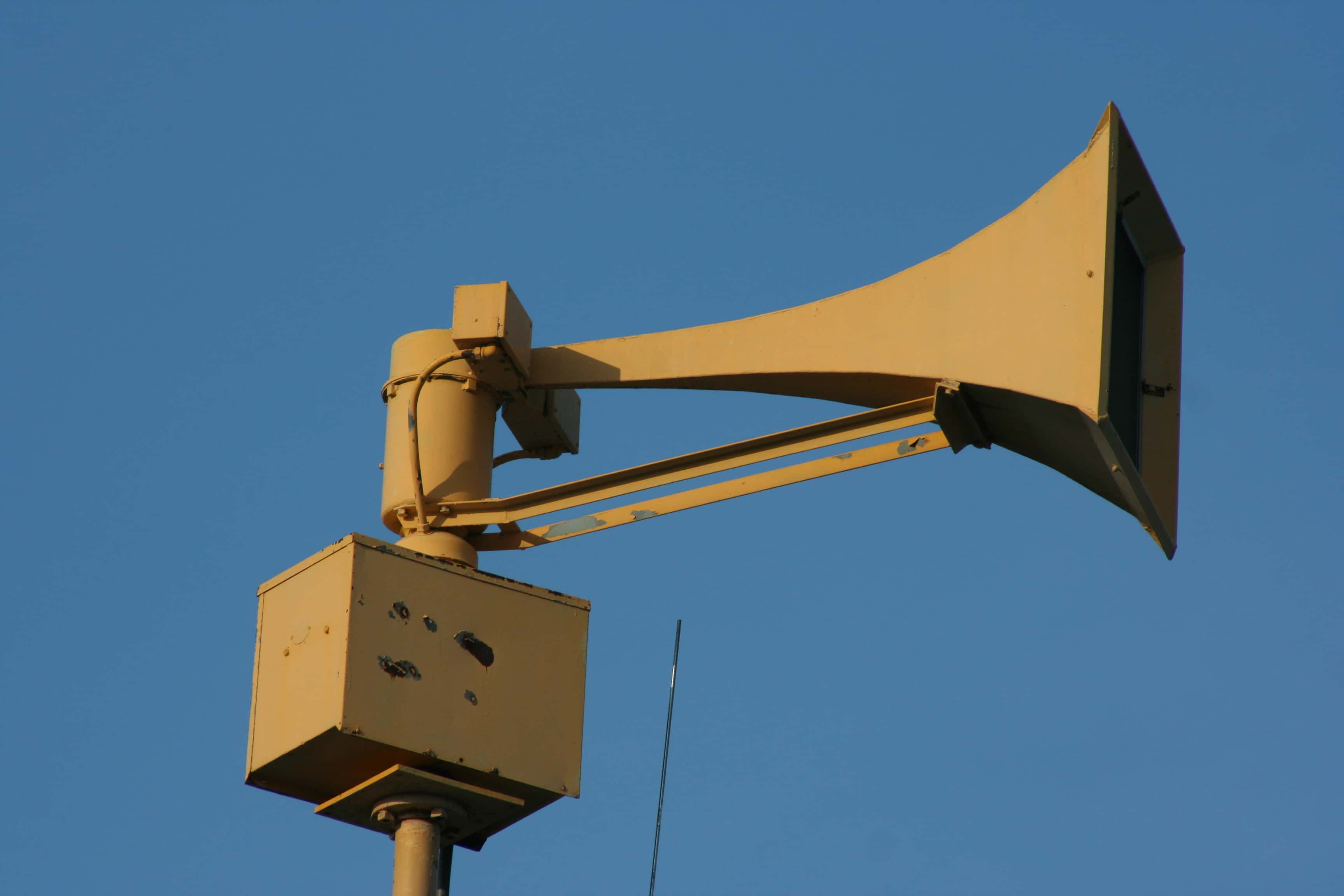 Wikimedia Commons, Ben Franske
Wikimedia Commons, Ben Franske
22. Space Race
One of the key moments of the Cold War was the Space Race, when the US and the USSR tried to race each other first to space, then to the moon. For a brief moment, however, the two superpowers considered cooperating on their space programs. The assassination of John F. Kennedy, and Soviet reluctance to work with Kennedy’s replacement, Lyndon Johnson, effectively ended the plan.
21. Blow Up the Moon
The US government had a Plan B in the event they failed to reach the moon: they would nuke the dang thing to show the Soviets who’s boss. Carl Sagan was actually an advisor on the project.
It was called Project A119, and the idea was to detonate a nuclear device on the moon to show the world the capabilities of the US while also gathering useful data.
20. The Moon Landing and the Cosmonauts
When Buzz Aldrin was on the moon, he left behind two medals that had been made in memory of the Soviet cosmonauts Yuri Gagarin and Vladimir Komarov, who had died in preparation for similar missions.
19. Space Needles
Traces of the Cold War remain however, no matter how minute. Take, for instance, the tens of millions of needles currently orbiting earth, left there by the American military. They hoped that if the Soviets cut transatlantic cables into the US, the needles could still bounce radio signals back to earth.
18. Don't Forget Me!
For one small island, the Cold War never really ended. Cuba gifted Ernst Thälmann Island to East Germany in 1972. The island was overlooked in the treaty that unified Germany in 1990.
17. Bears in Jets
Just as the symbol of the United States is the eagle, the symbol of the Soviet Union was the bear. So perhaps it was a bit of psychological strategy that when the US military tested the ejector seats in their supersonic jets, they used bears as the test dummies.
16. Where’d You Get That?
For most of the Cold War, the SR-71, a long-range reconnaissance jet capable of reaching speeds beyond Mach 3, helped the US military keep up with the Soviets. The titanium to make the SR-71 was in short supply, however, so the Americans had to get a little creative. Using third world countries as a go-between, and hiding behind a series of dummy companies, the Americans bought the titanium from the Soviet government itself.
15. On the BBC
The panic of the Cold War didn't just affect the United States and the Soviet Union. The British intelligence service, MI5, appointed a special detail to the BBC, to ensure the British broadcaster did not hire anyone with communist sympathies.
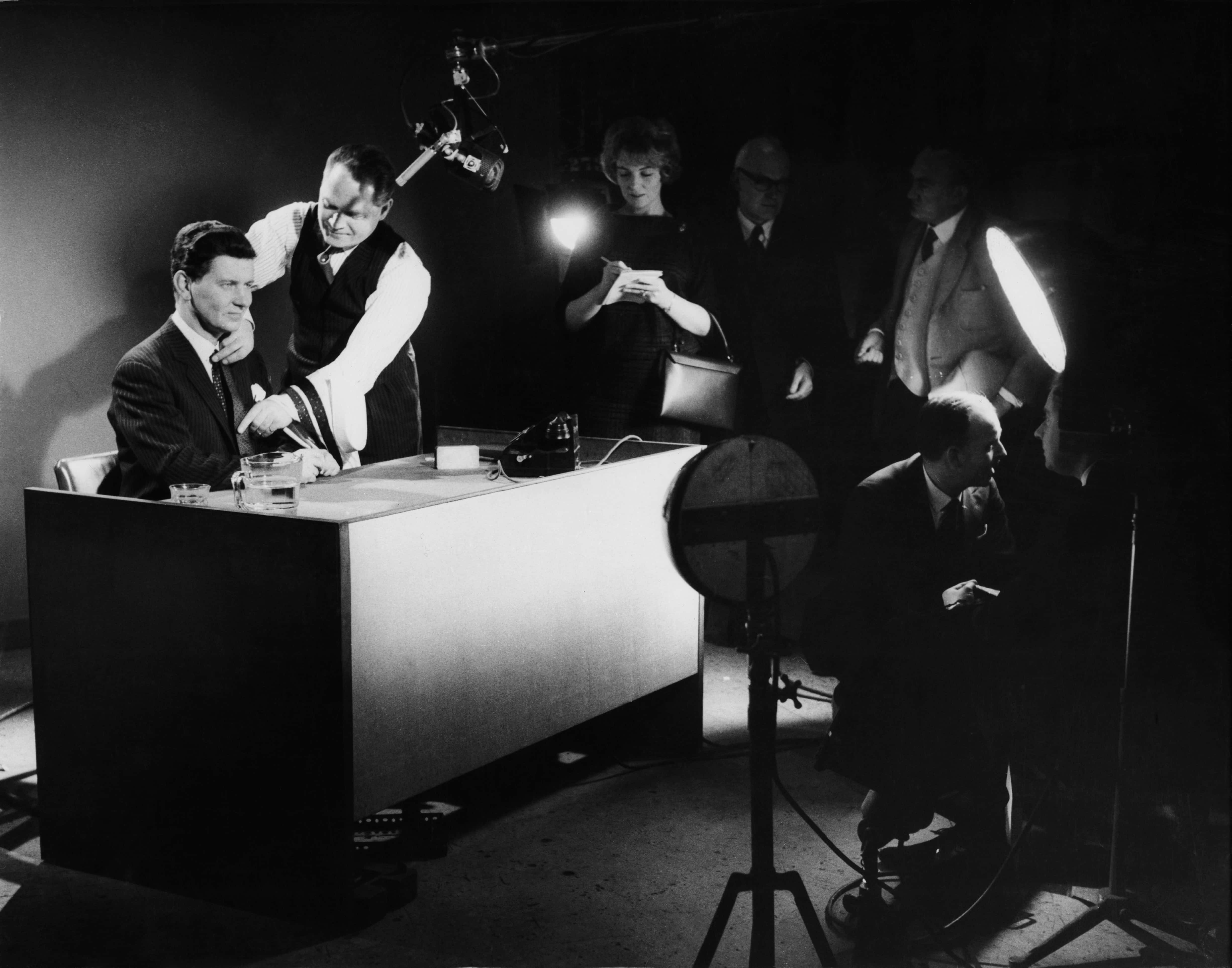 Getty Images
Getty Images
14. The Masked Man
One of the triggering events of the Cold War was the defection of Igor Gouzenko, a Soviet cipher clerk who defected to Canada in 1945 and revealed Stalin’s efforts to steal nuclear secrets. He made frequent public appearances with a sheet over his face to protect his identity.
13. Arctic Maps
Canadians were not just worried about the divide between communism and capitalism. During the Cold War, they were particularly concerned with arctic sovereignty, and maintaining their claim to the Northwest Passage and North Pole. And with good reason: Soviet maps of Canada’s portion of the Arctic Circle proved so detailed that they're considered better than current Canadian maps.
12. Holding Down the Fort
Canada was so desperate to protect arctic sovereignty that they forcibly relocated members of their Inuit population to the farthest inhabitable reaches of their northern territories. One such settlement, Resolute, Nunavut, has an average yearly temperature of 3˚ Fahrenheit.
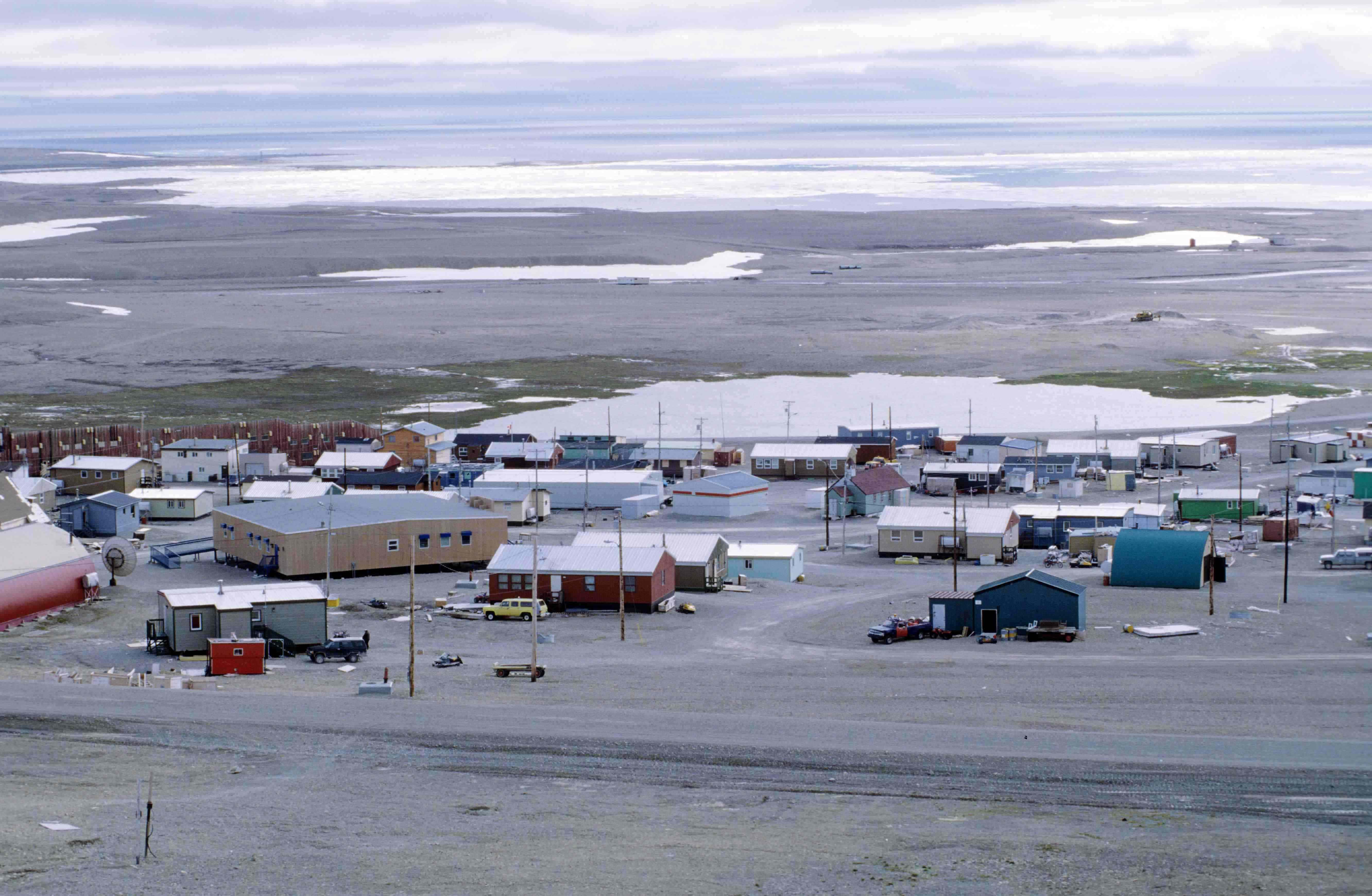 Wikimedia Commons, Ansgar Walk
Wikimedia Commons, Ansgar Walk
11. Czech Deer
The panic of the Cold War even carried over into the animal kingdom. Deer in the Czech Republic refuse to cross the imaginary line where an electric fence had once separated the Soviet Union from the rest of Europe. The fence was taken down in 1991, long before any current deer were born, but they remain cautious of the border.
10. Mission to Mars
In the '80s, a group of scientists and astronauts urged the Soviet and American governments to cooperate on a manned mission to Mars. Both countries had already been considering Martian exploration, and the Soviets were interested, but US president Ronald Reagan shot it down.
9. Close Call
In September of 1983, Colonel Stanislav Petrov was manning his station, monitoring launch-detection satellites, when he saw something that chilled him to the bone. His computer reported five nuclear missiles had been launched from the United States and were heading toward the Soviet Union. To return fire would guarantee an all-out nuclear war, and to do nothing would mean the loss of millions of lives. Petrov held his breath and did nothing, correctly guessing that the report was a computer glitch. Instead of rewarding him, the Soviet government edged Petrov into retirement.
8. The Password
Such a close call was probably inevitable. Security regarding nuclear weapons sounds positively lax. The launch code for US nuclear weapons, 00000000, was no more secure than your grandpa’s email password.
7. Wi-Fi
Without the Cold War, you might not be reading this, and not just because this list wouldn’t exist. The Cold War may have indirectly contributed to the invention of Wi-Fi. When inventor and actress Hedy Lamarr and her friend George Antheil introduced their system of frequency hopping to the US military, the military officials were impressed. The system would prevent the jamming of radio control torpedoes, but was complicated and difficult to implement. It wasn’t until the Cuban Missile Crisis that the government finally saw the value, and implemented the system. Lamarr and Antheil’s frequency-hopping system later paved the way for GPS and Wi-Fi technology.
6. Good Fences Make Good Neighbours
The Berlin Wall, which divided Germany between east and west, communist and capitalist, was torn down by the German people in 1990, reunifying Germany and symbolizing the end of the Cold War. A poll in 2004, however, suggested that as many as one in four West Germans wish the wall had stayed up.
5. Merry Christmas
The Soviet Union finally collapsed in 1991, as a coup chased Soviet chairman Mikhail Gorbachev from office and the former Soviet republics broke off to form independent nations. The Soviet flag was lowered from the Kremlin and the Russian tricolor in its place on December 25, 1991. The Cold War was officially over.
4. Lennon and McCartney, Clinton and Gorbachev
While they didn’t exactly become fast friends after the Cold War, there were signs of eased tensions between the US and the former Soviet Union. For example, there’s Profokiev: Peter and the Wolf / Beintus: Wolf Tracks, a Grammy-winning spoken word album for children, recorded by Bill Clinton and Mikhail Gorbachev, with the help of Sophia Loren.
3. Une Petite Baguette Psychédélique
During the Cold War, the CIA was very interested in LSD as both a social disruptor and a potential truth serum. As part of some largely clandestine and non-consensual experiments, the CIA drugged a bakery in a small French village. Many people had to be institutionalized after having vivid hallucinations, and one small boy tried to strangle his own mother.
2. Alien Invasion
The US and Russia actually met to discuss the threat of alien invasion. They eventually agreed that, should aliens invade Earth, they would cease hostilities and cooperate for the good of mankind. Makes you wonder what they knew...
1. Stay Safe
Maps aren’t the only place size matters. Among proposed American propaganda stunts was a plan to drop huge condoms labelled “medium” across Soviet lines. The plan was ultimately rejected.
Sources: 1, 2, 3, 4, 5, 6, 7, 8, 9, 10, 11, 12, 13, 14, 15, 16, 17, 18, 19, 20, 21, 22, 23, 24, 25, 26, 27, 28, 29, 30, 31, 32, 33, 34, 35, 36, 37, 38, 39

